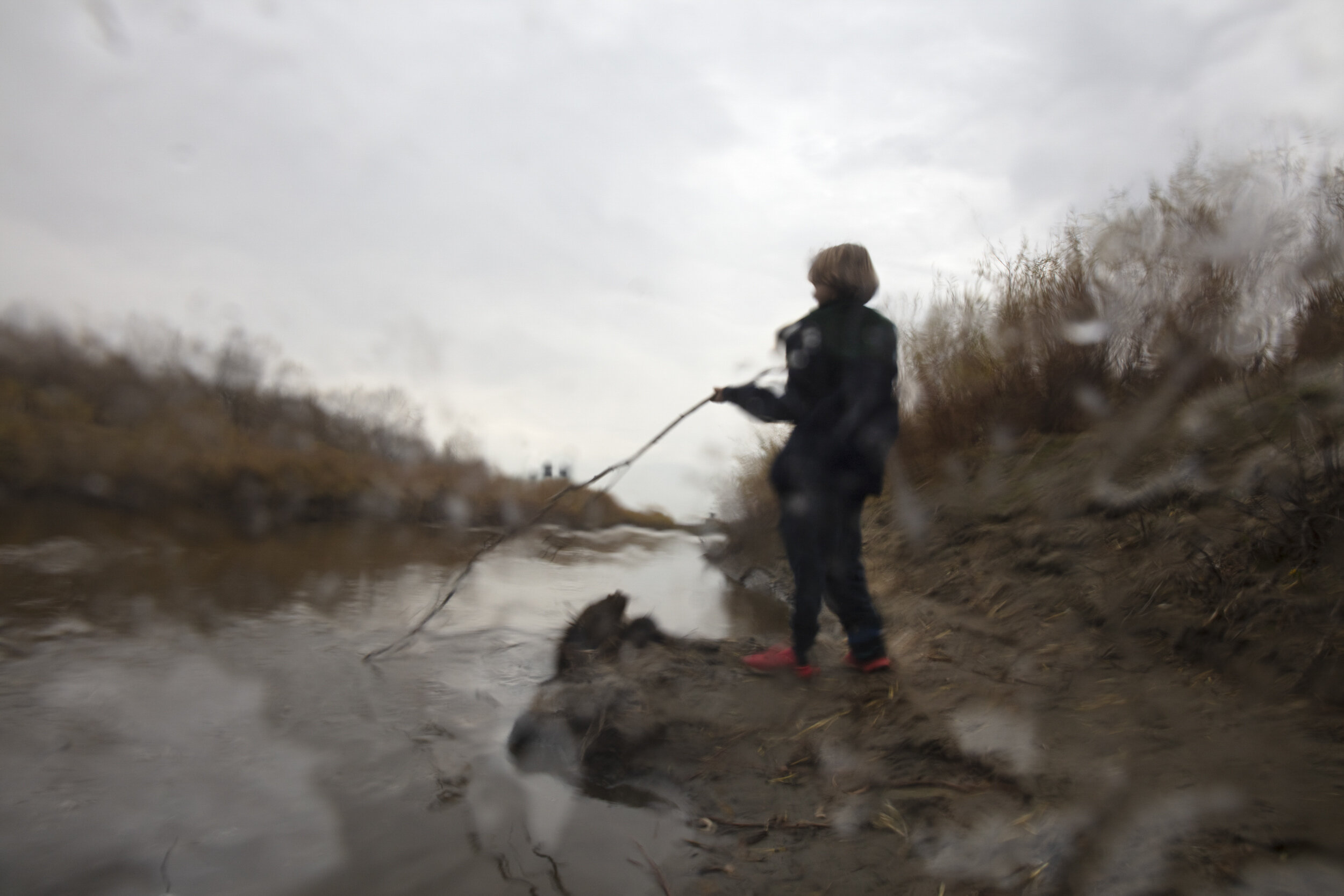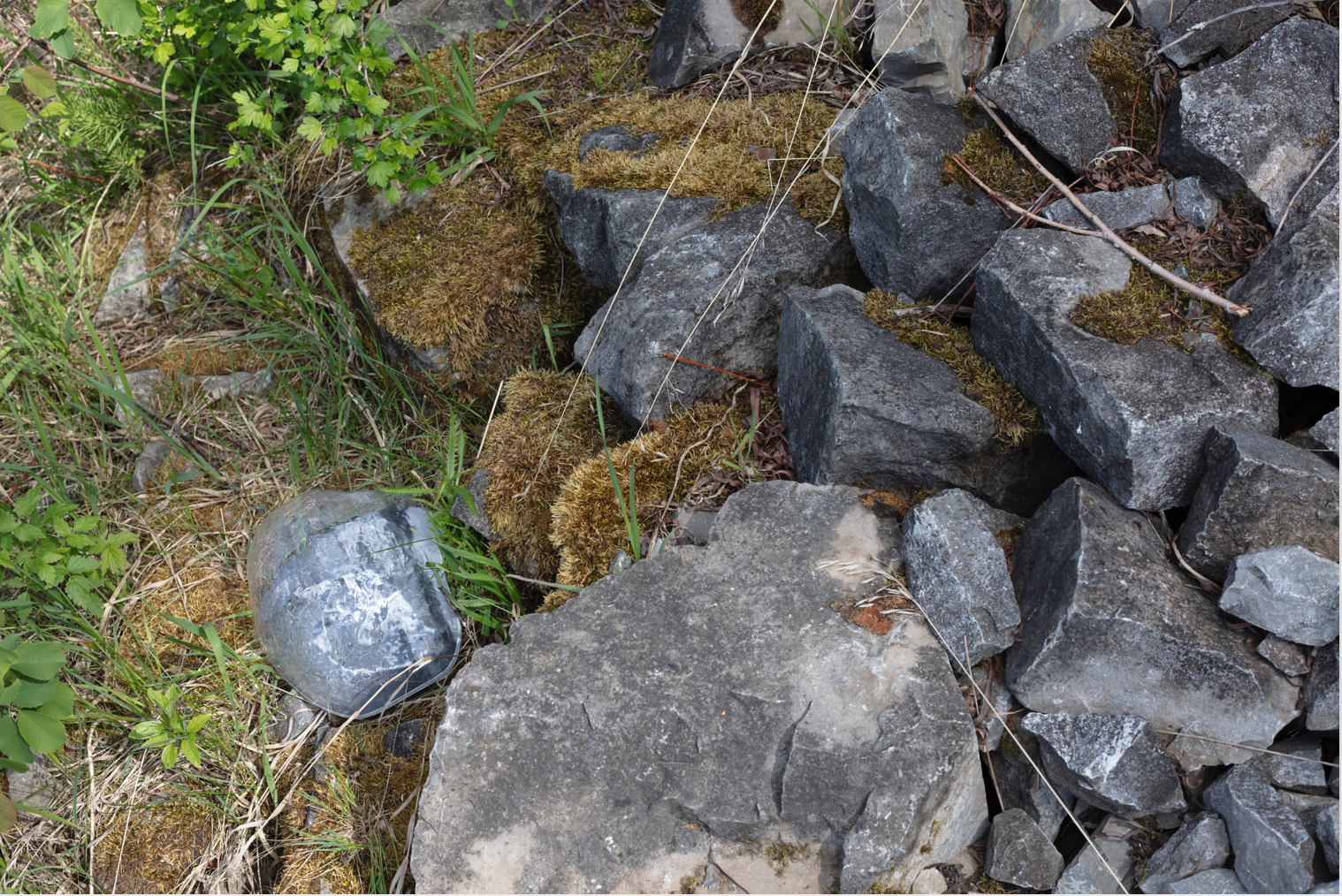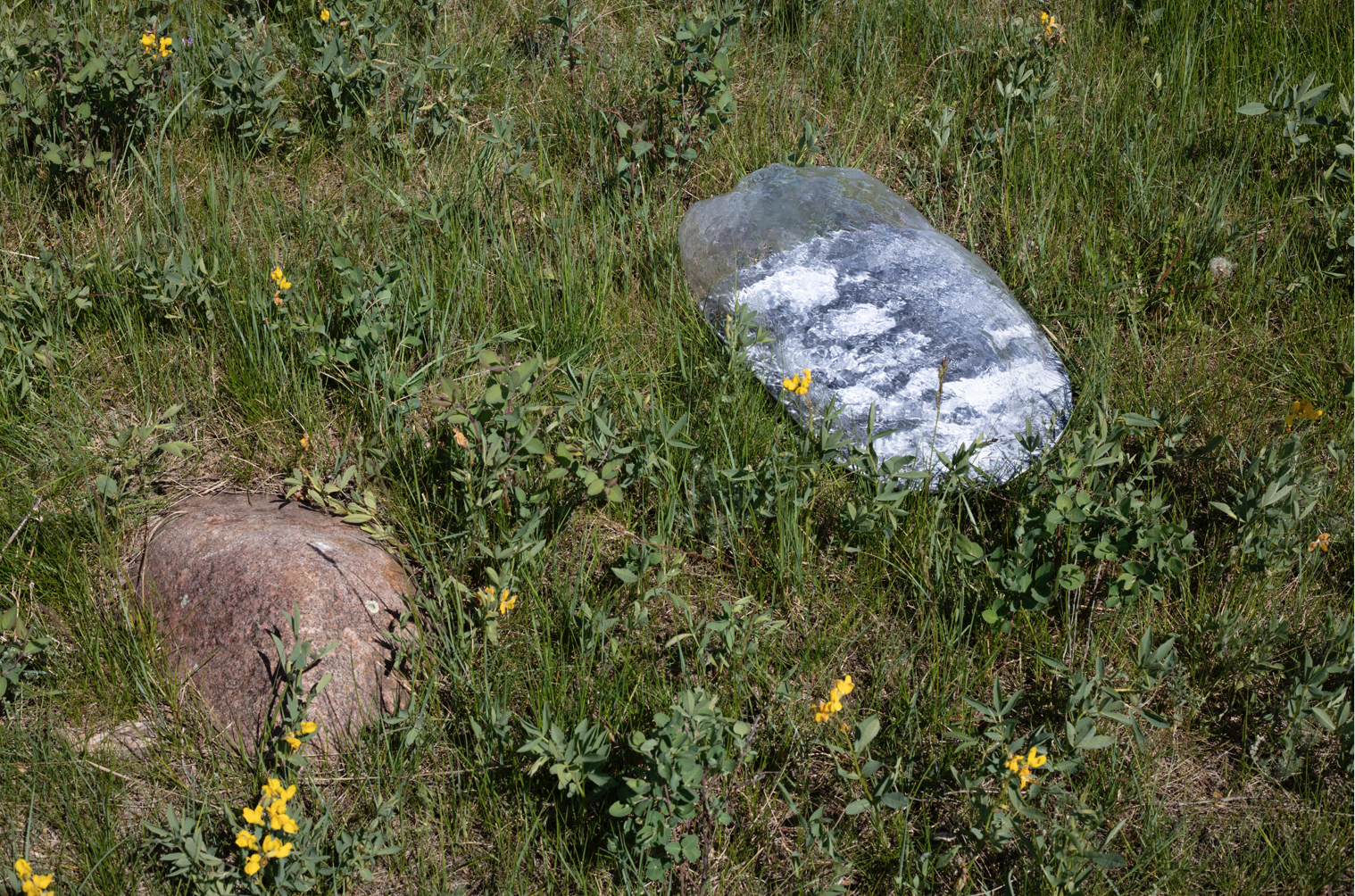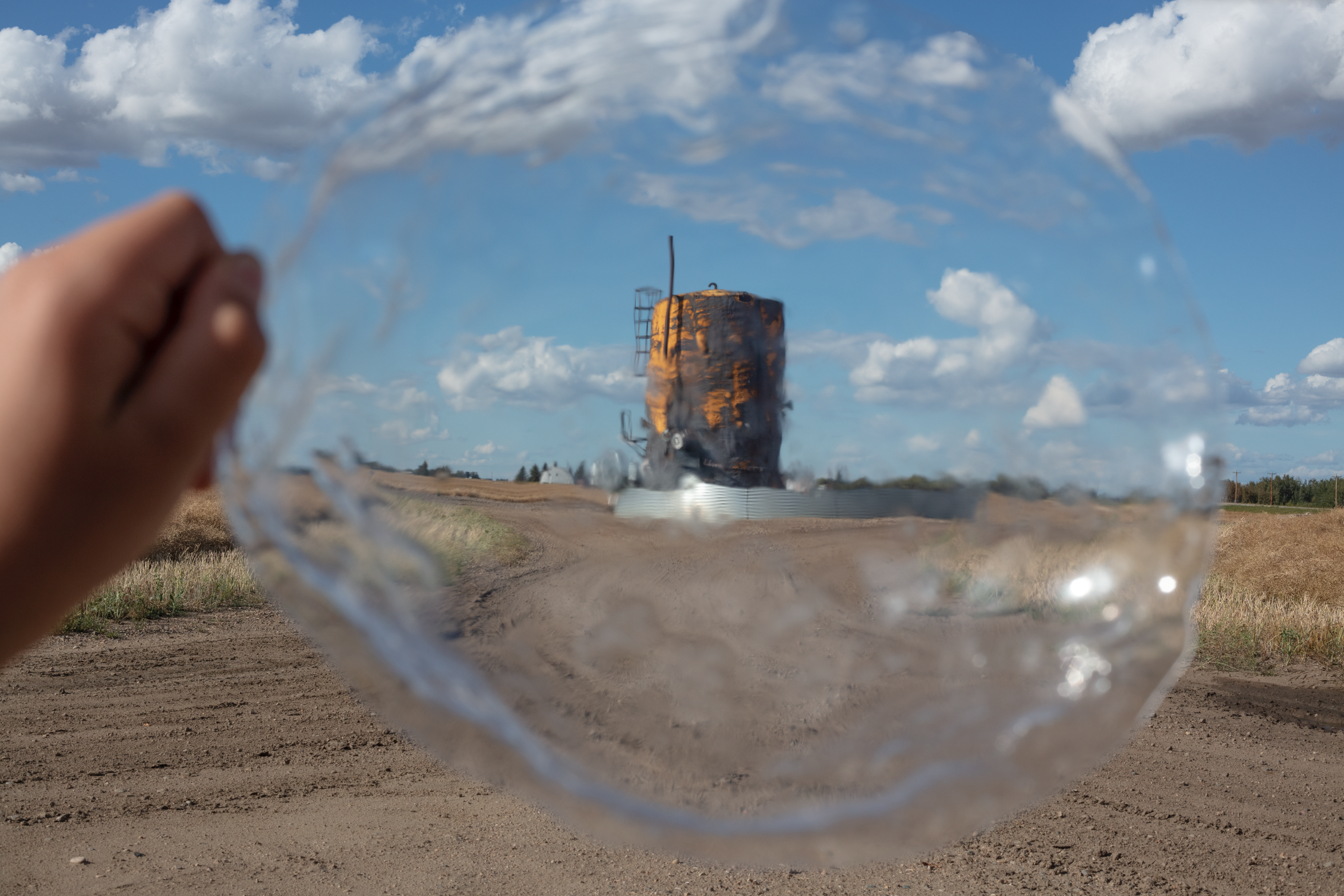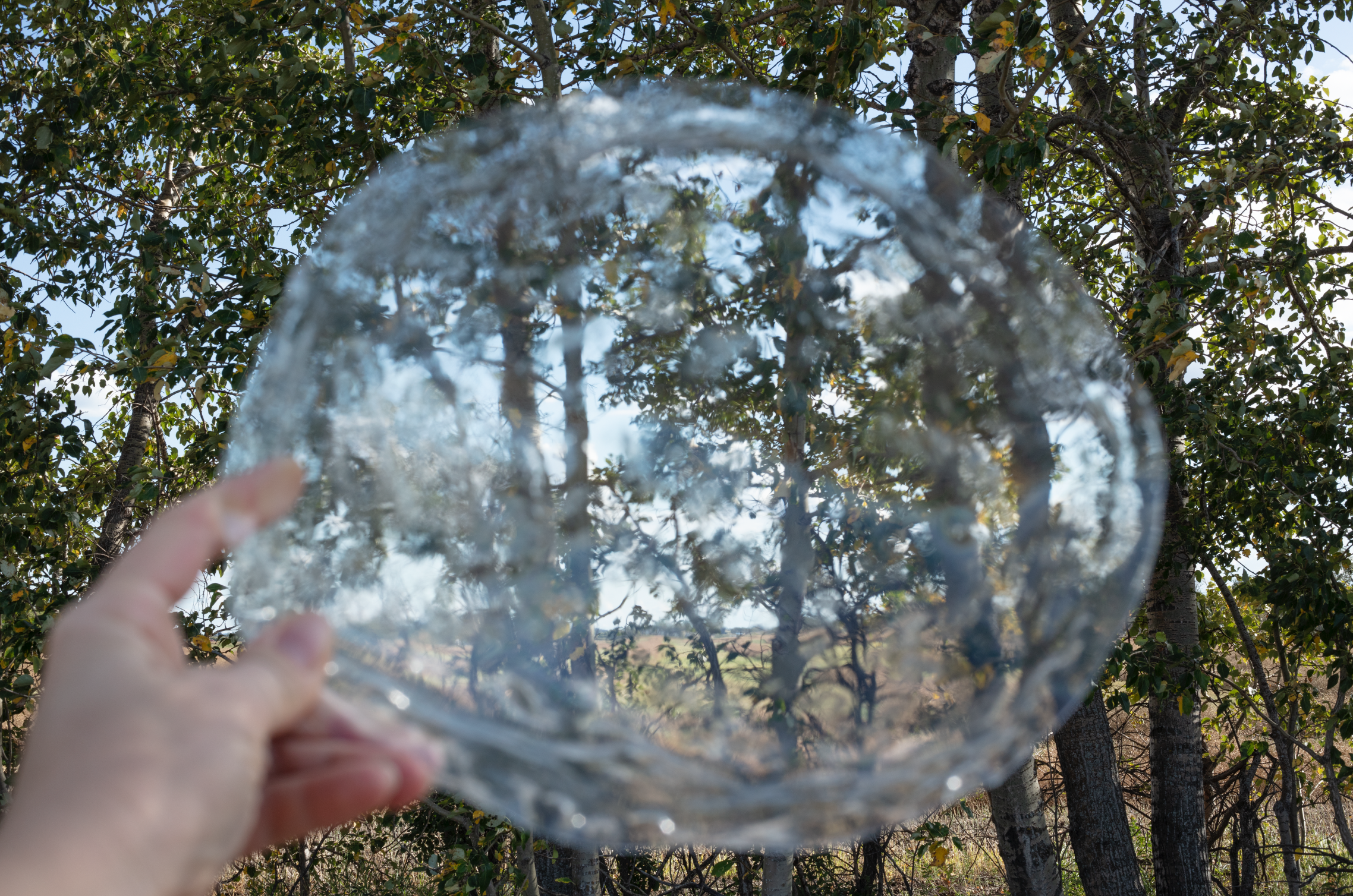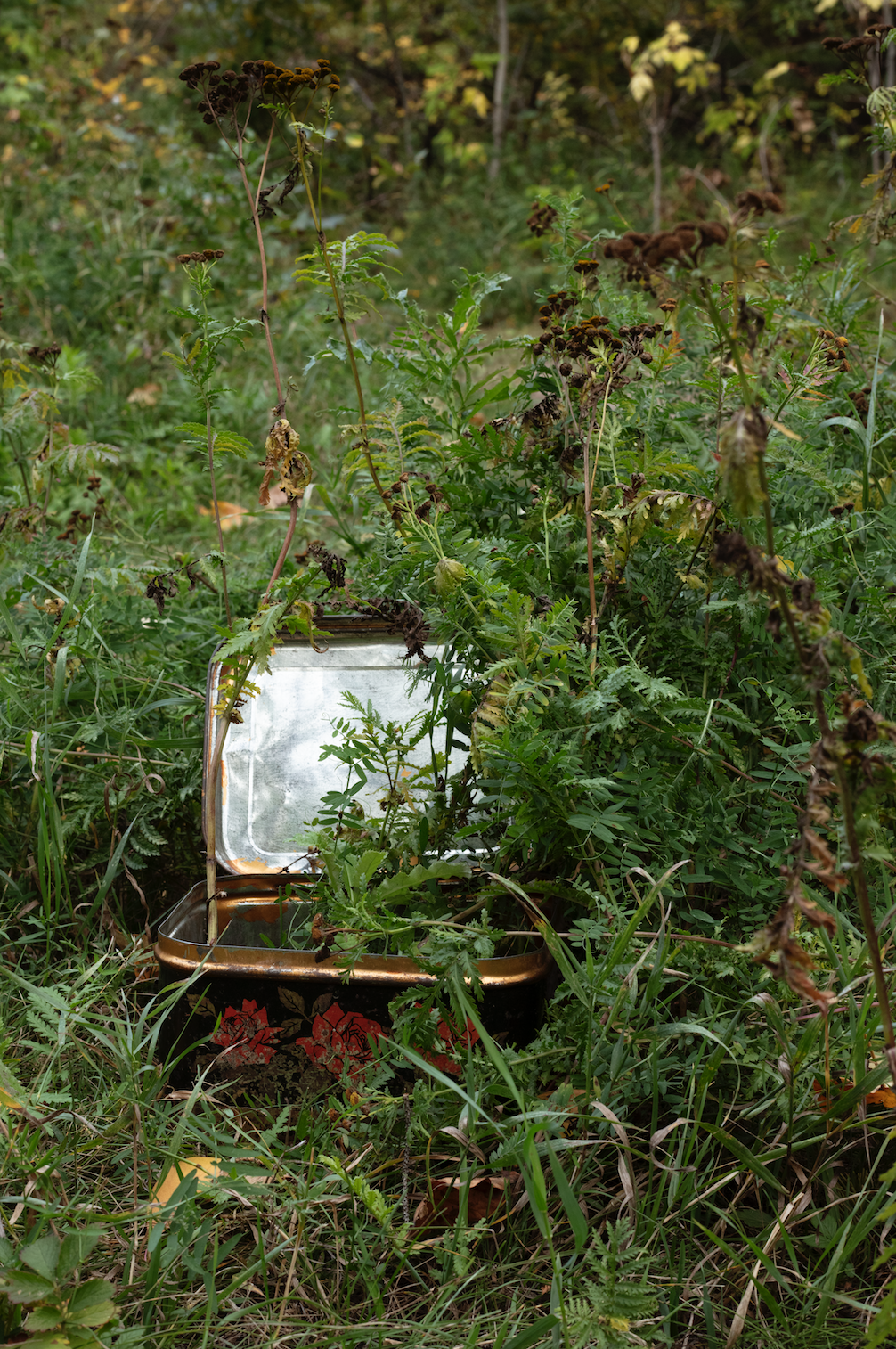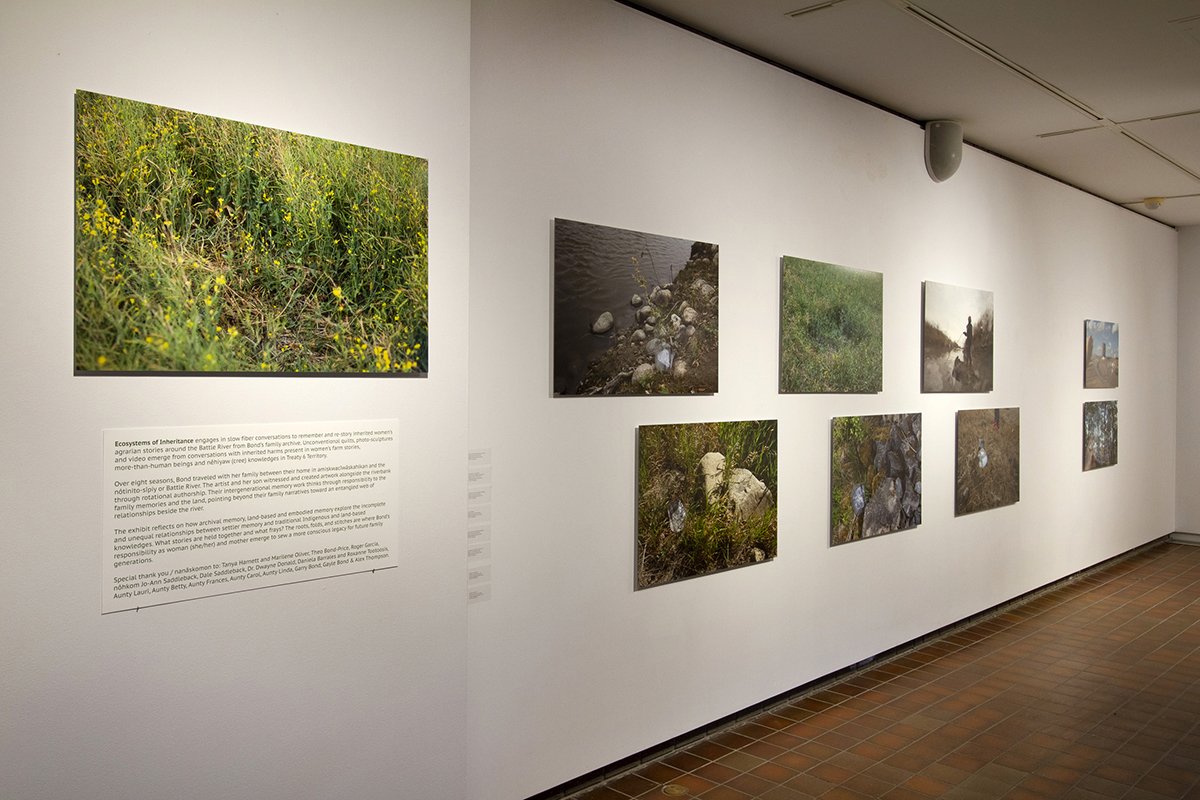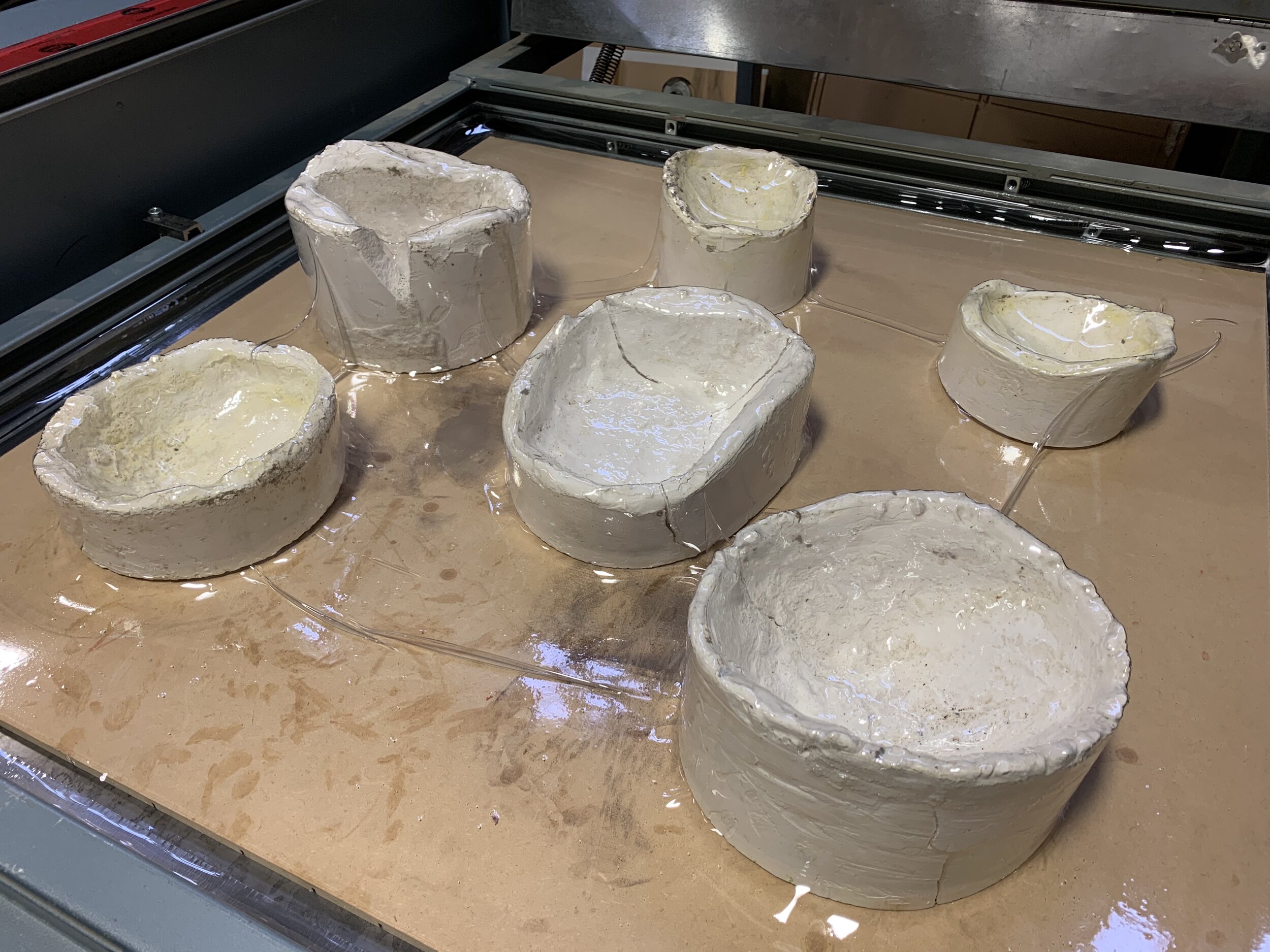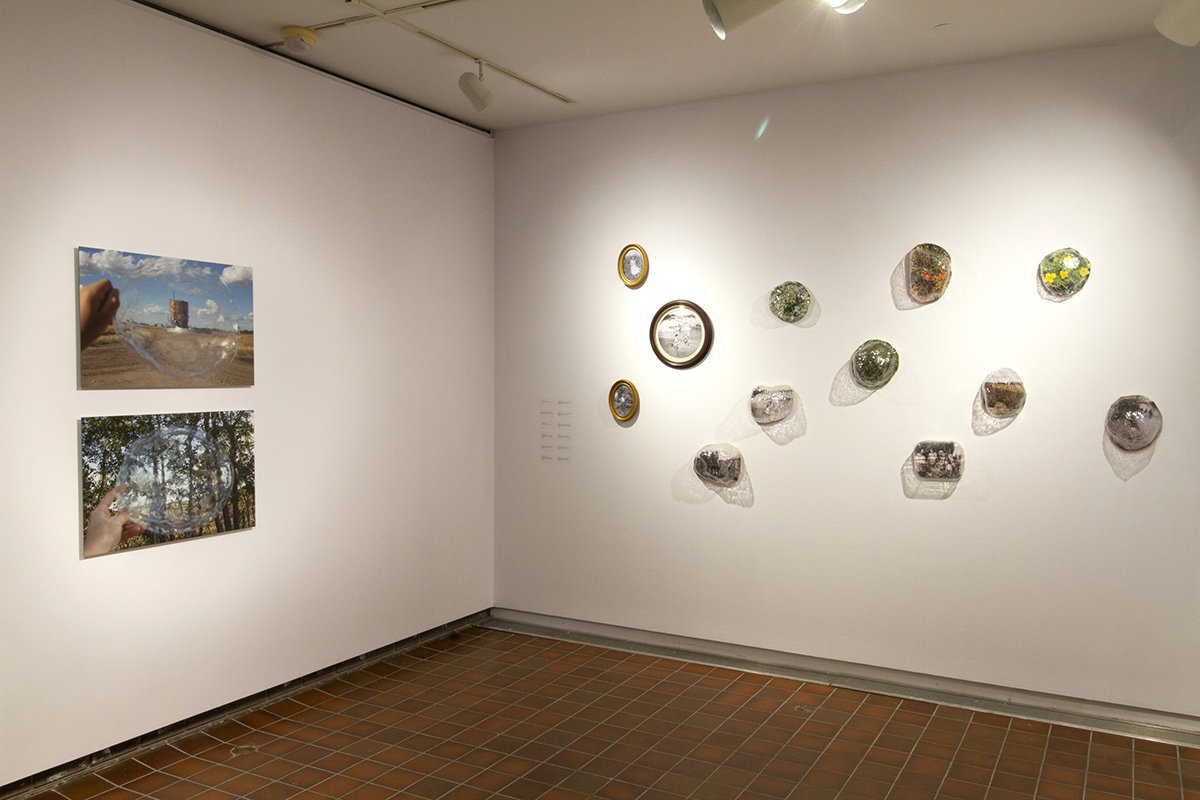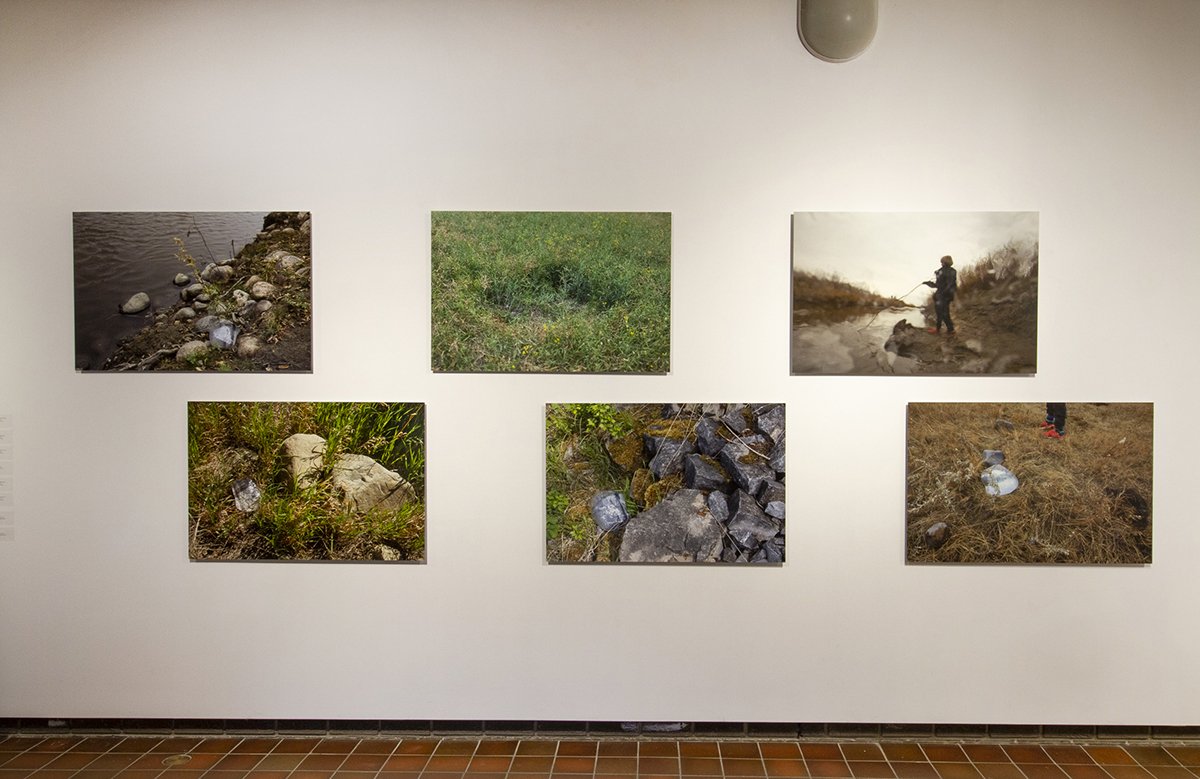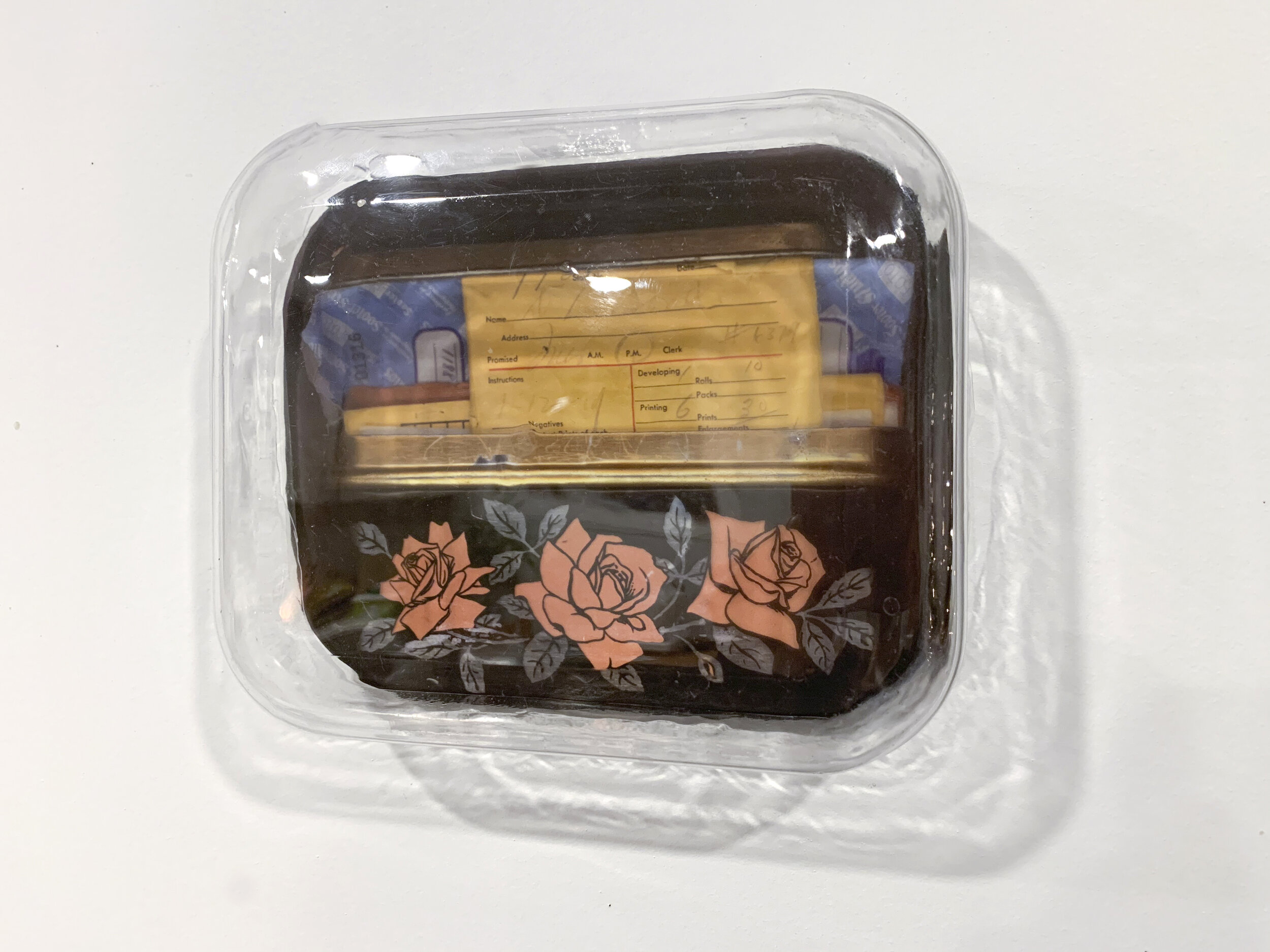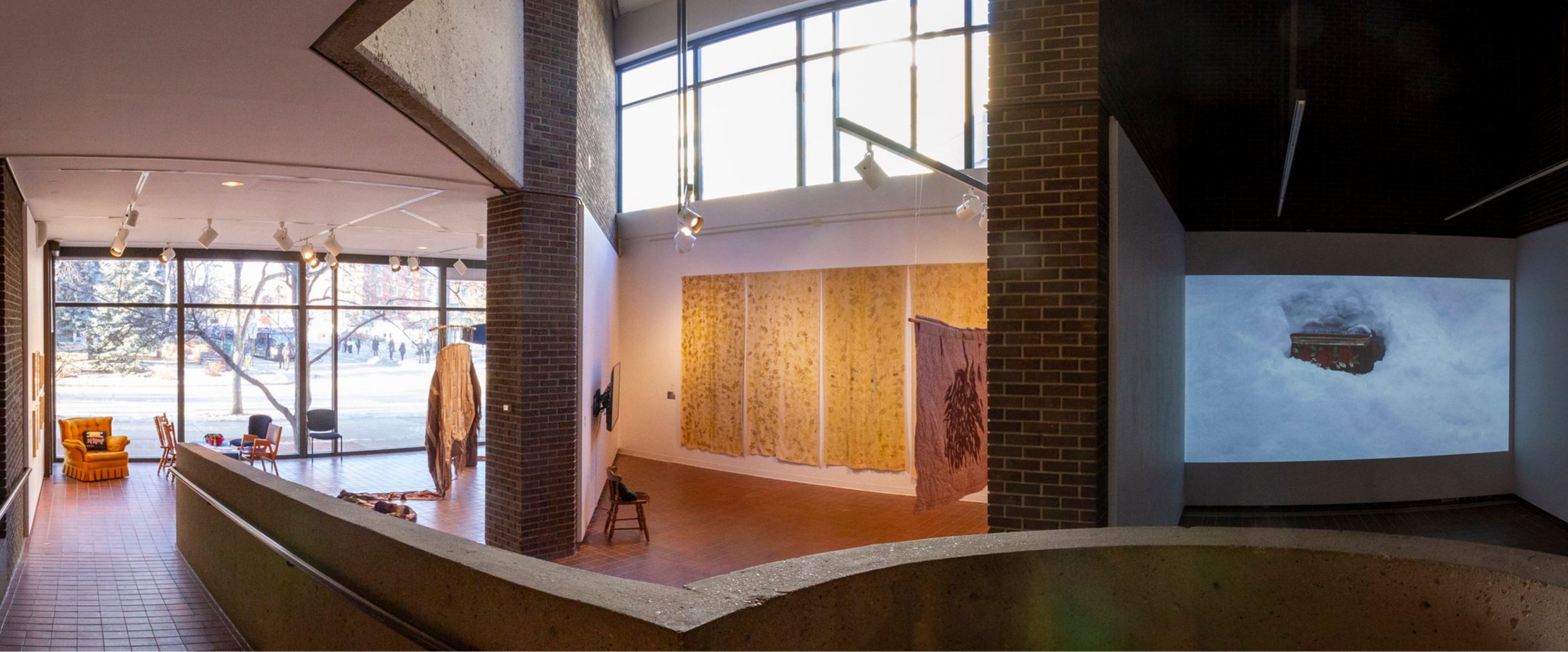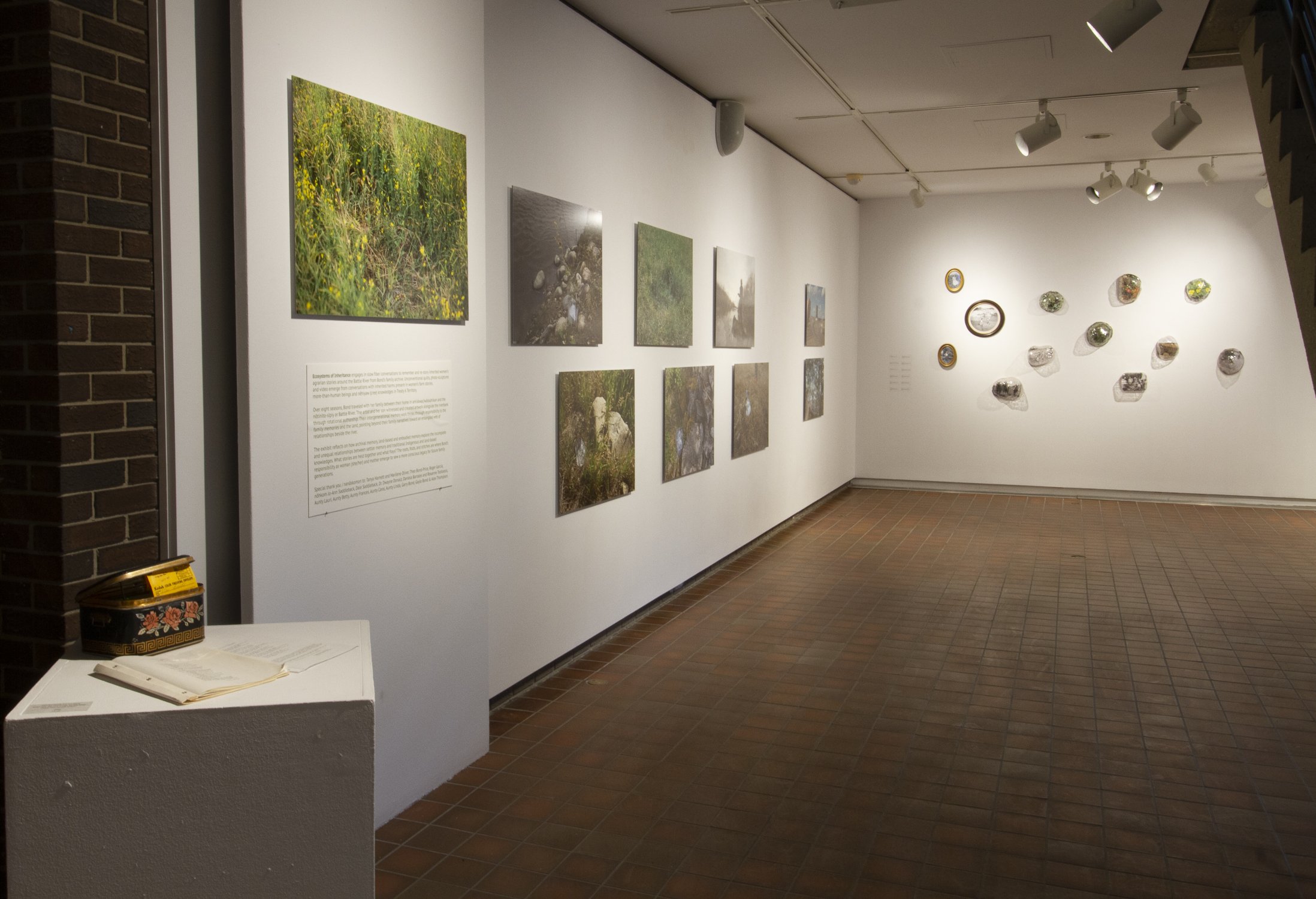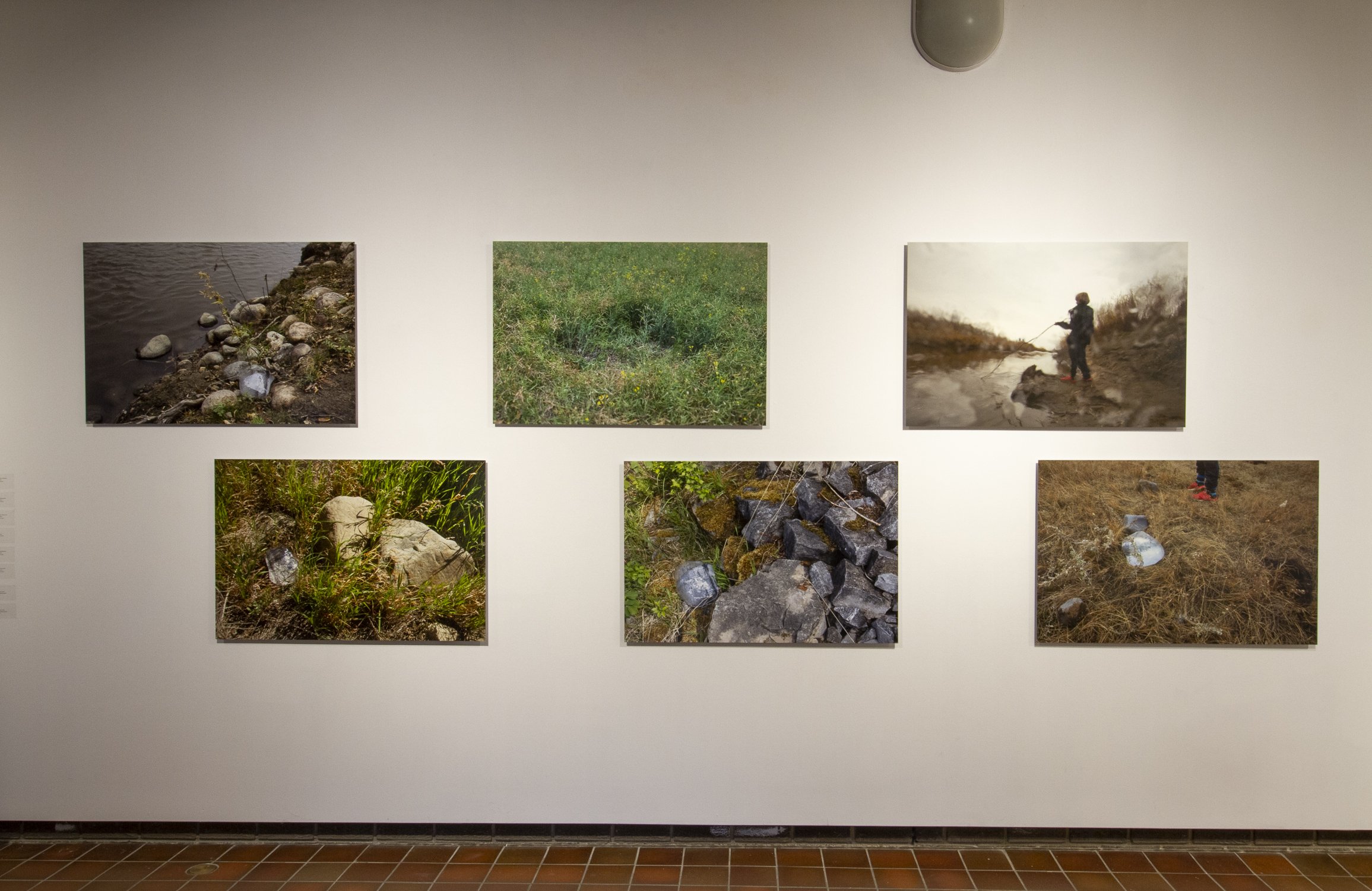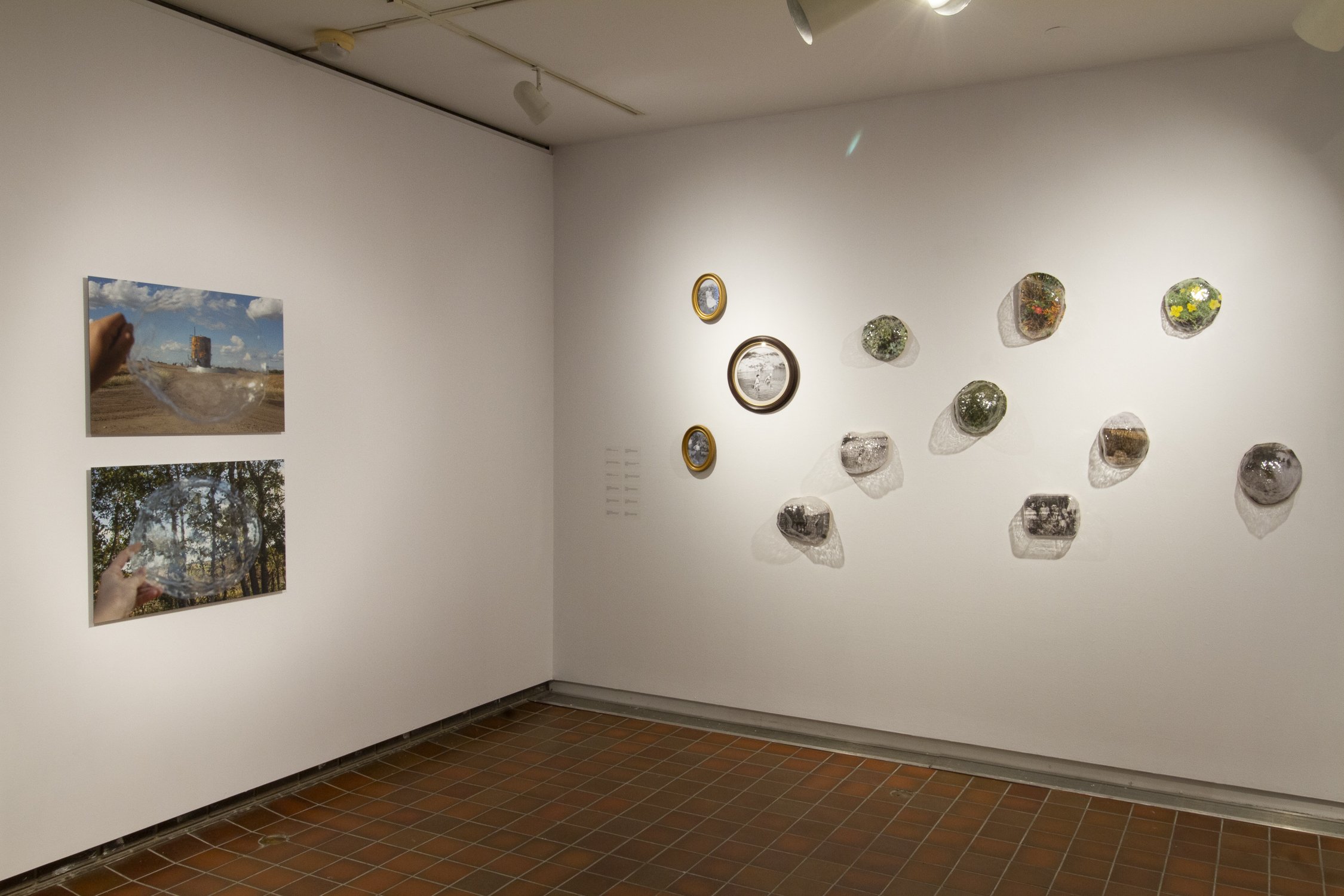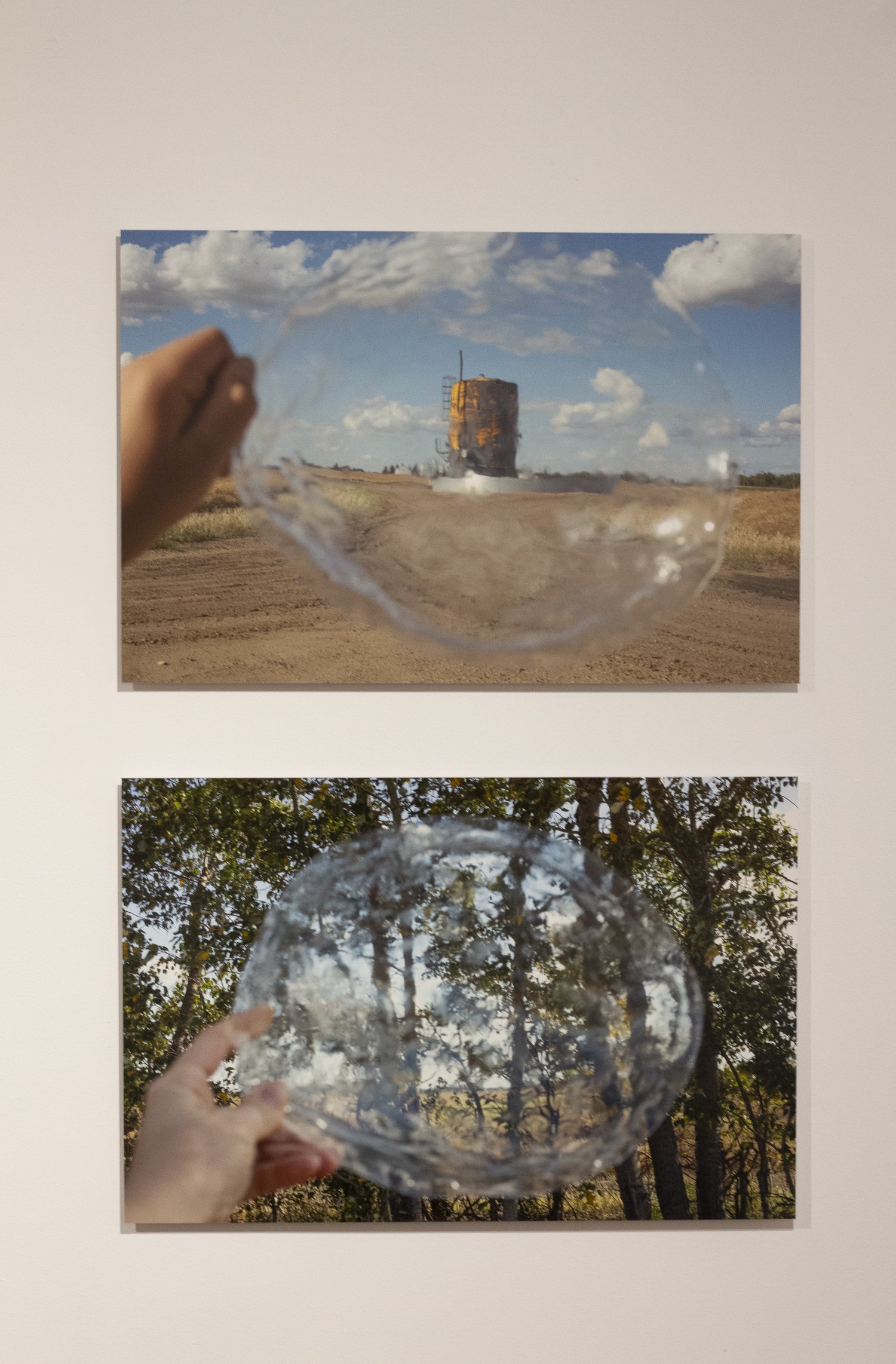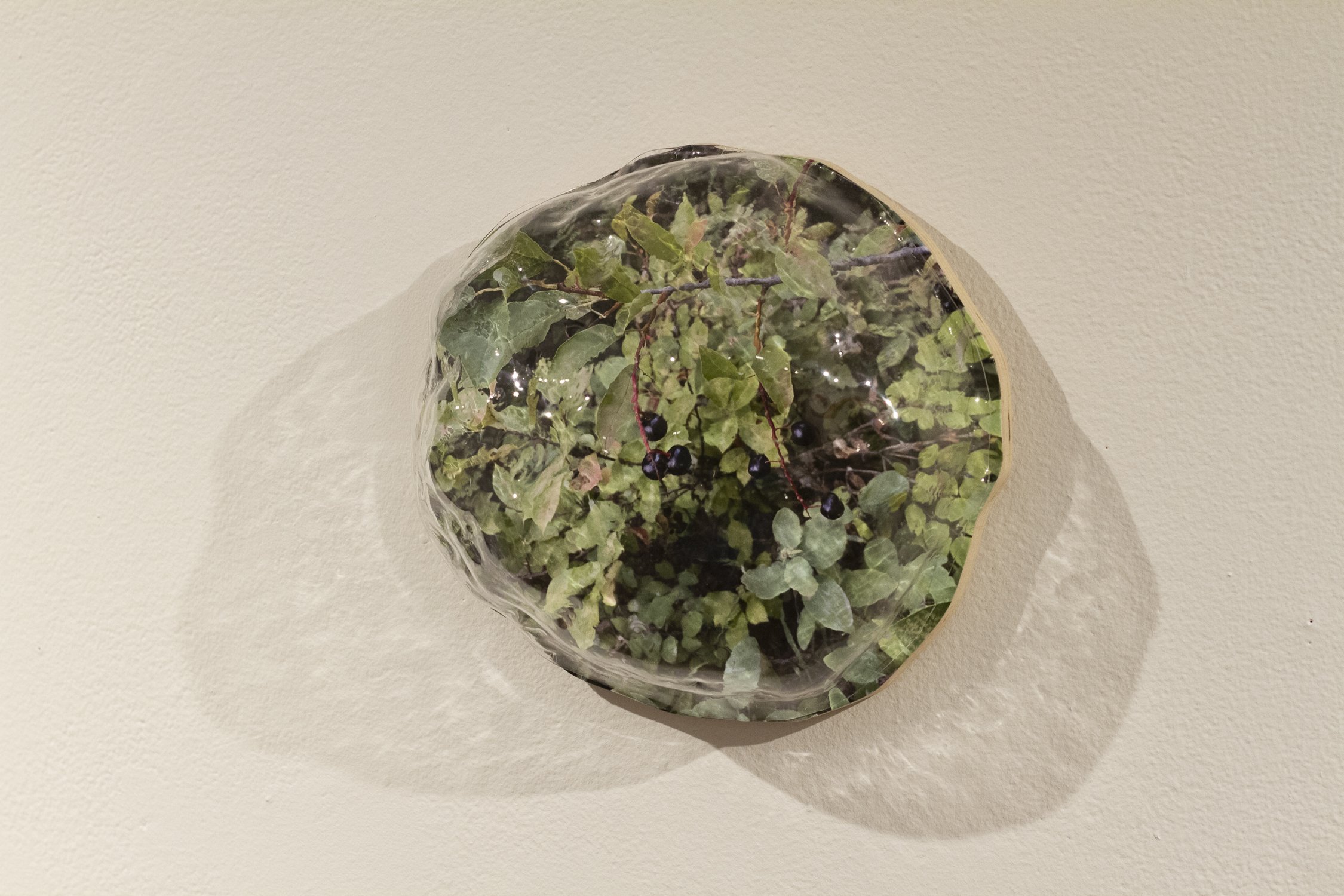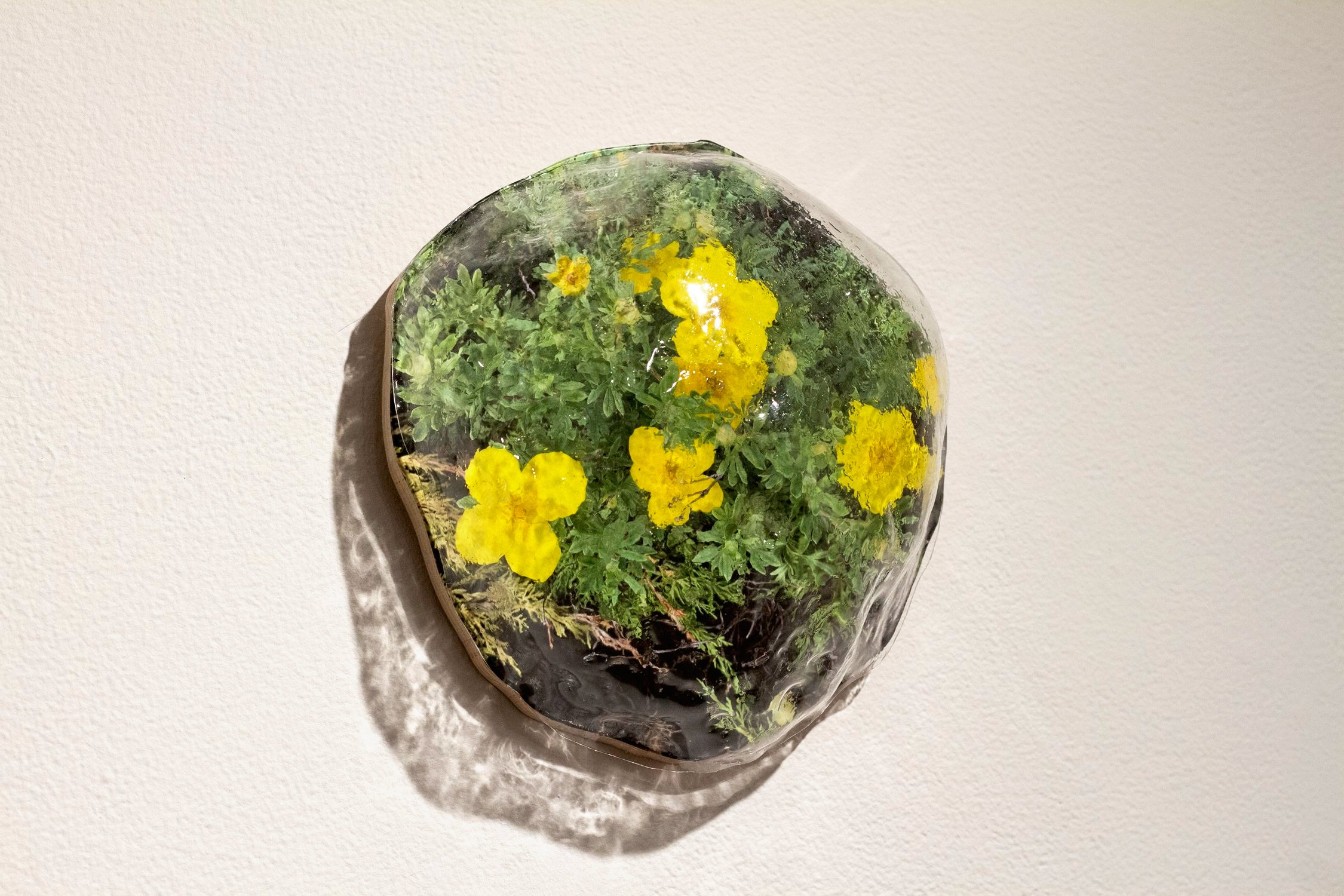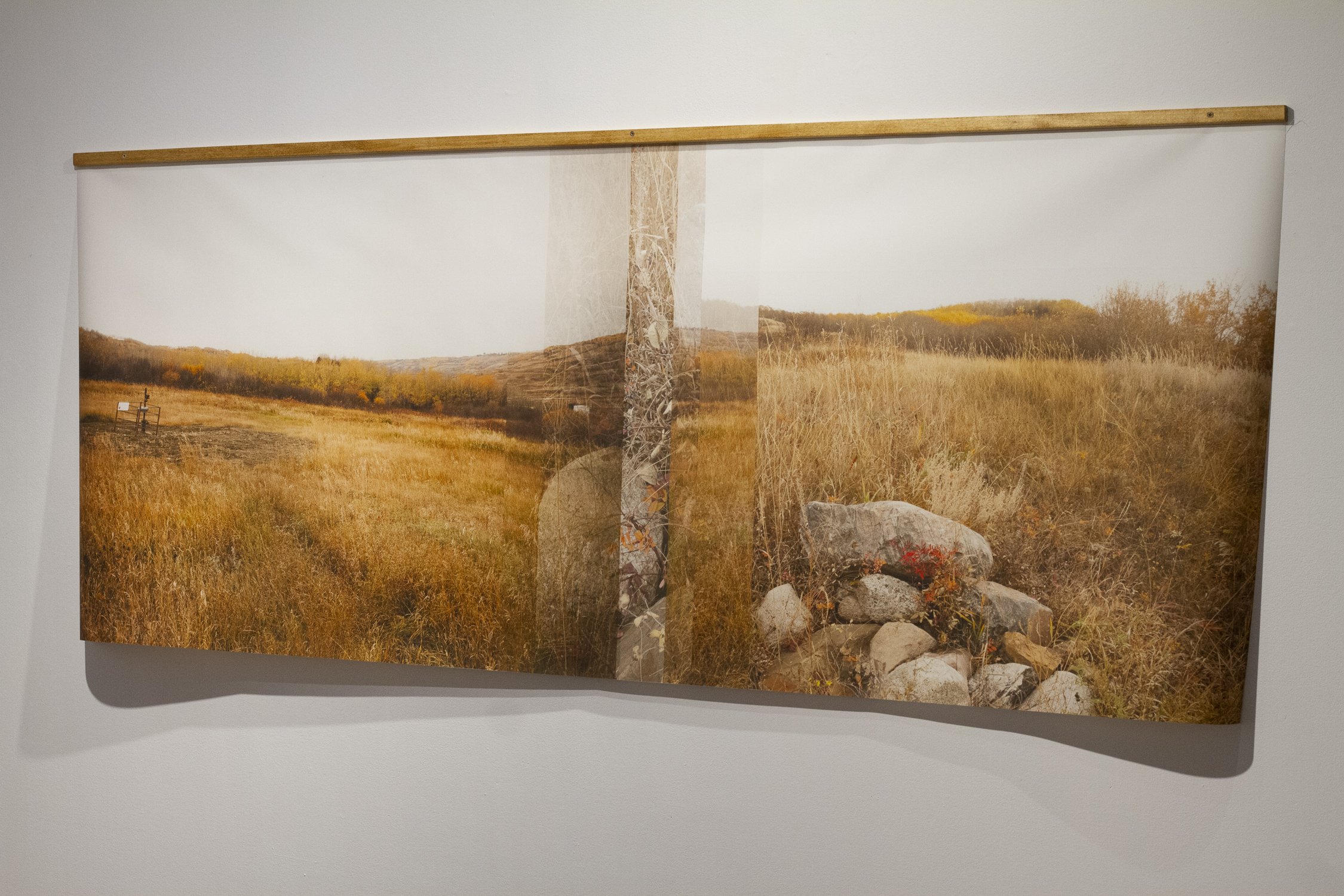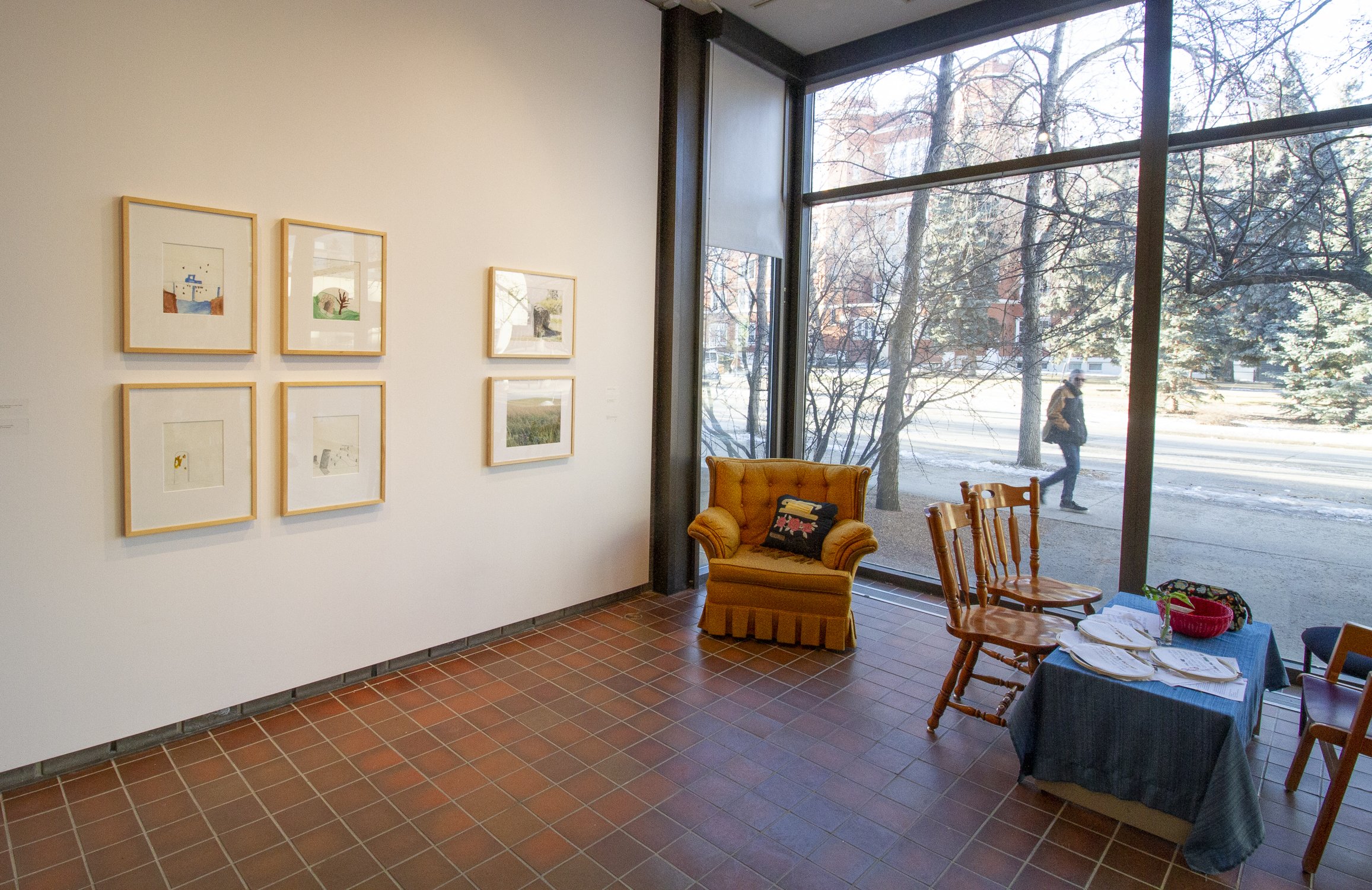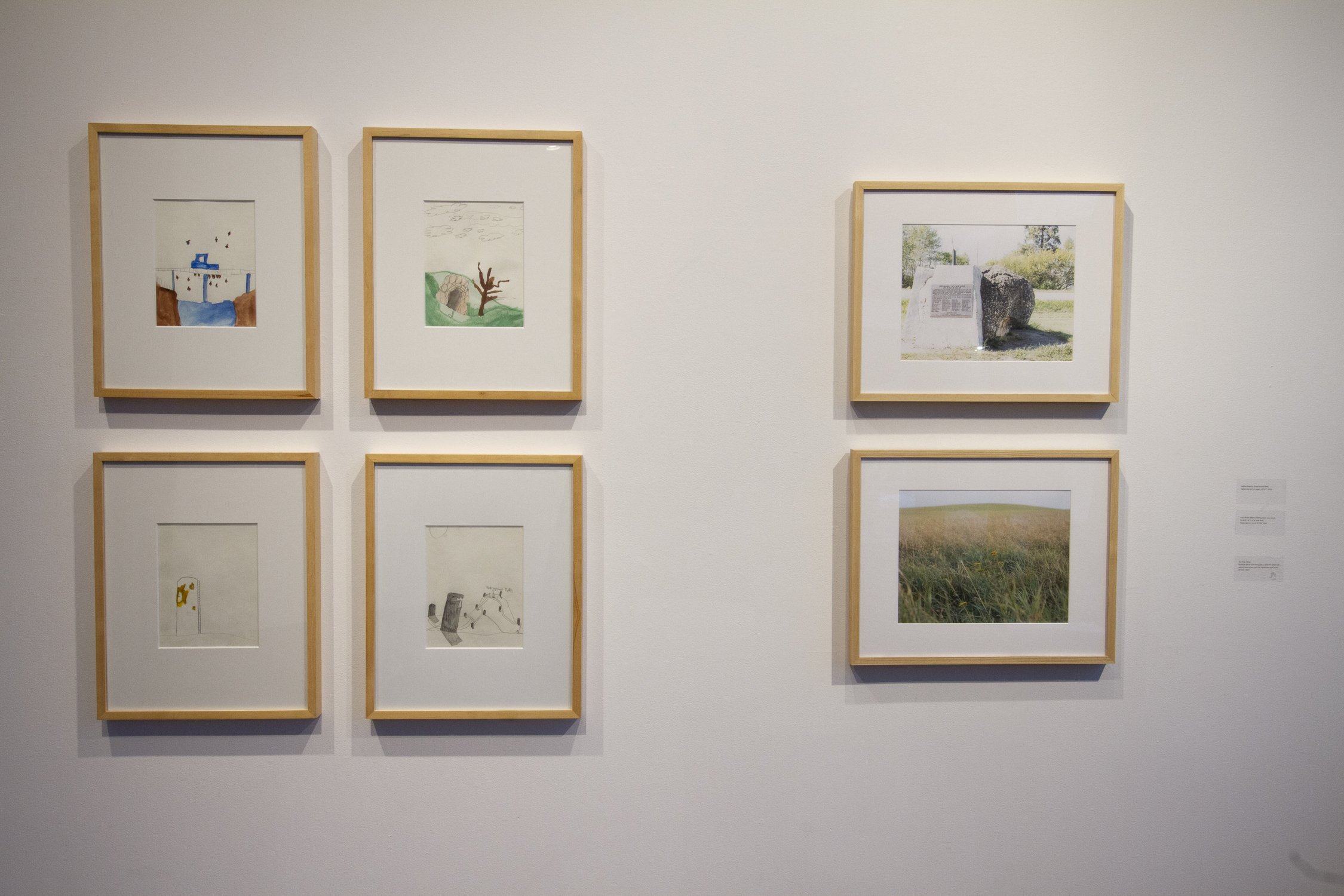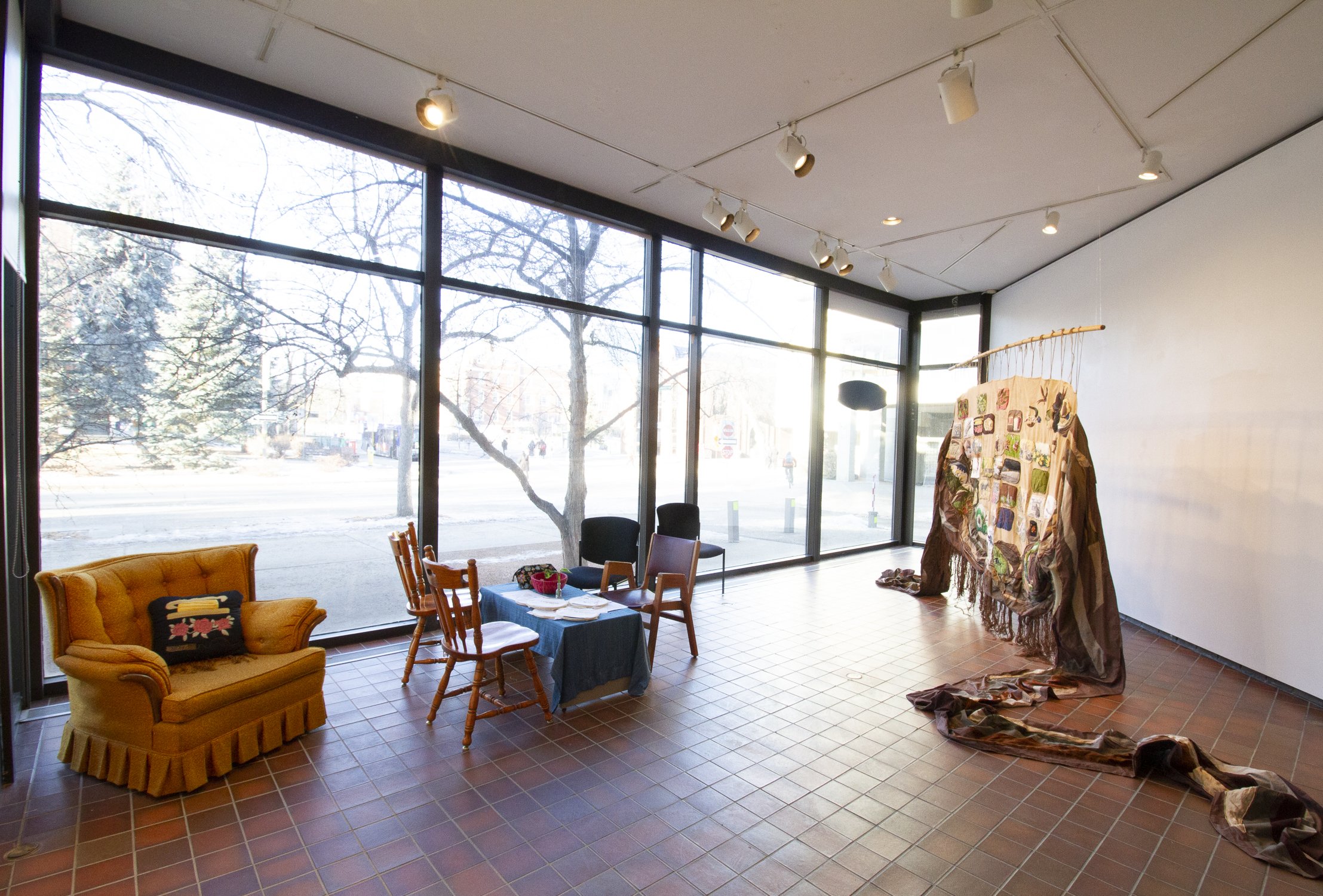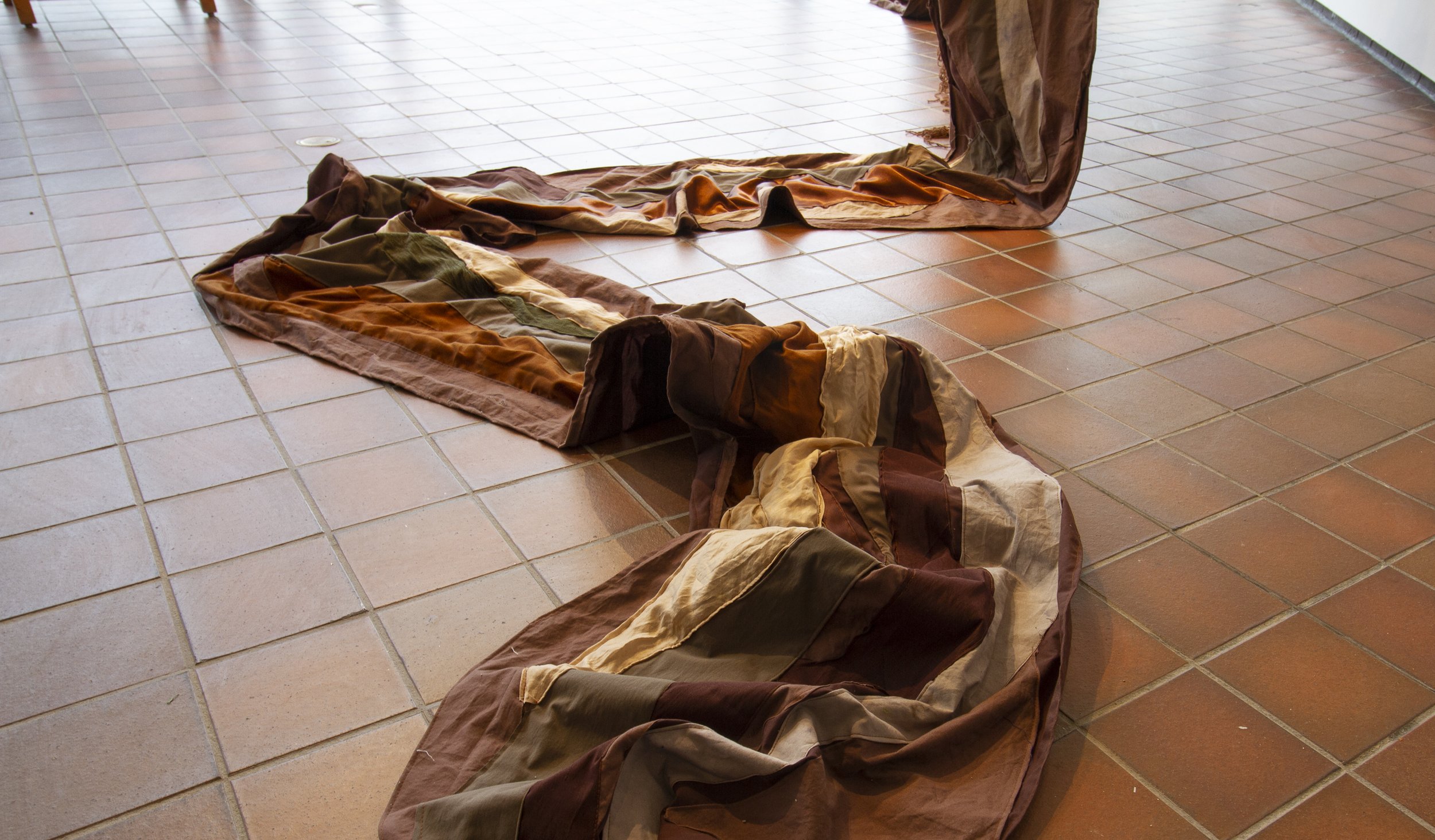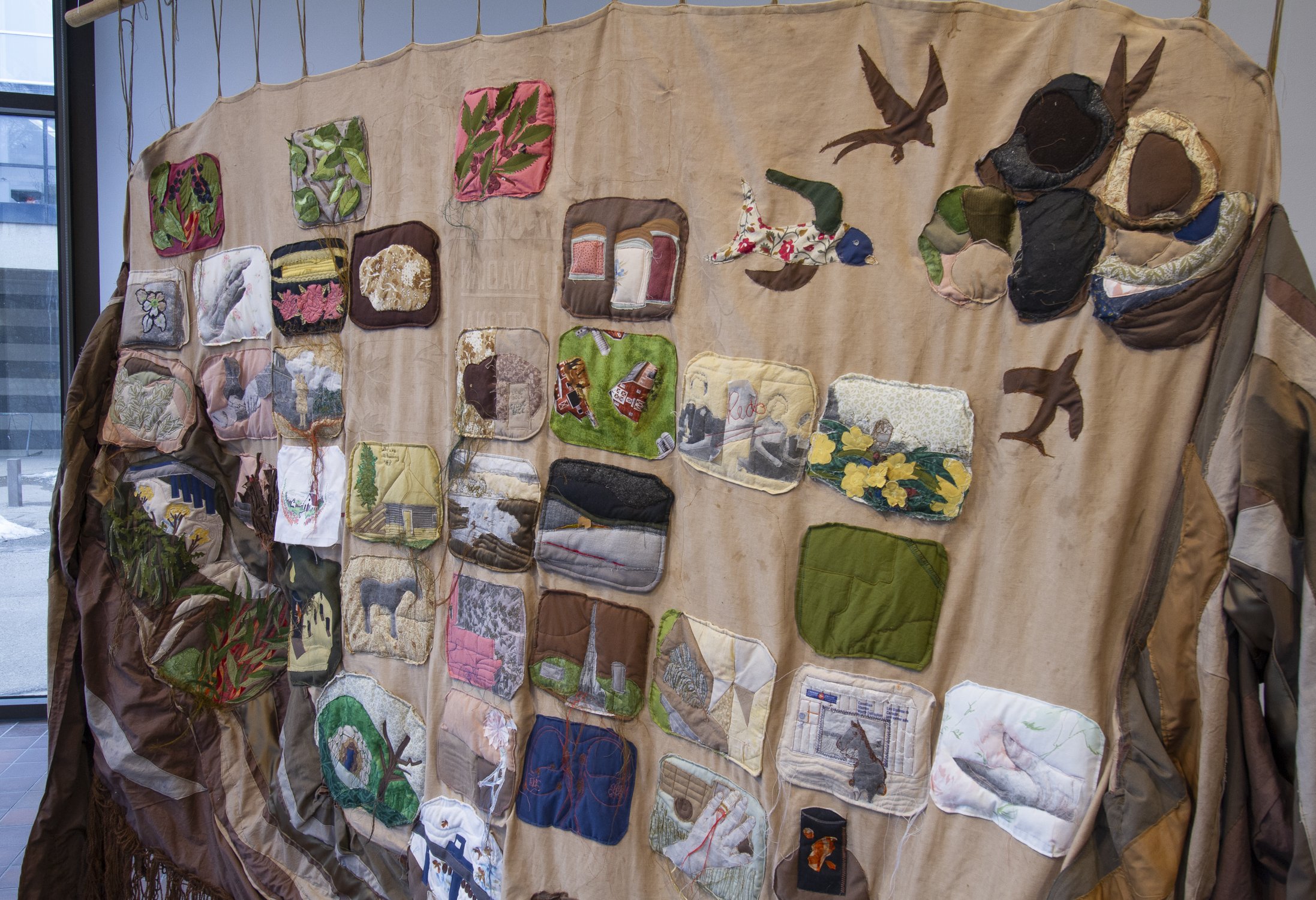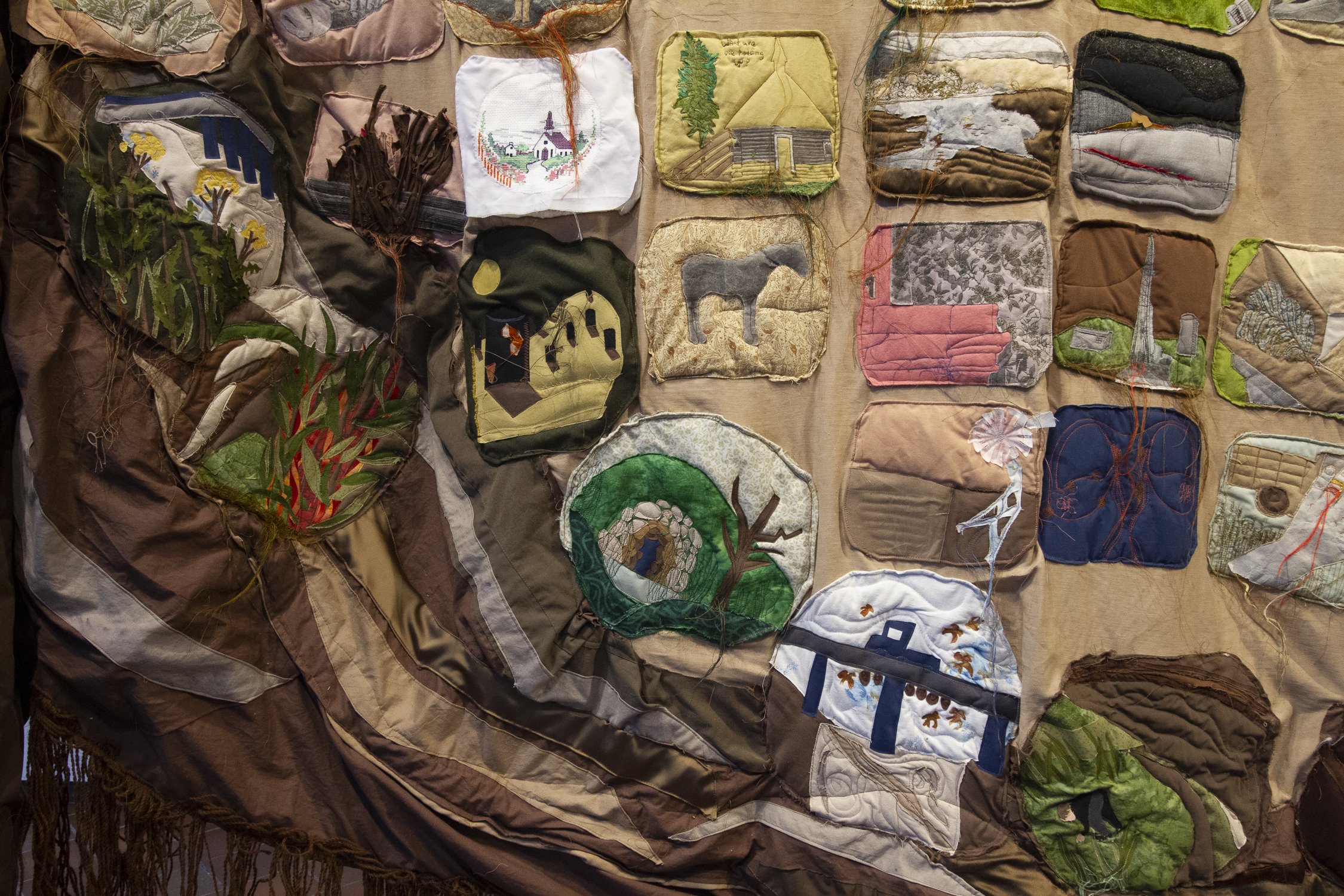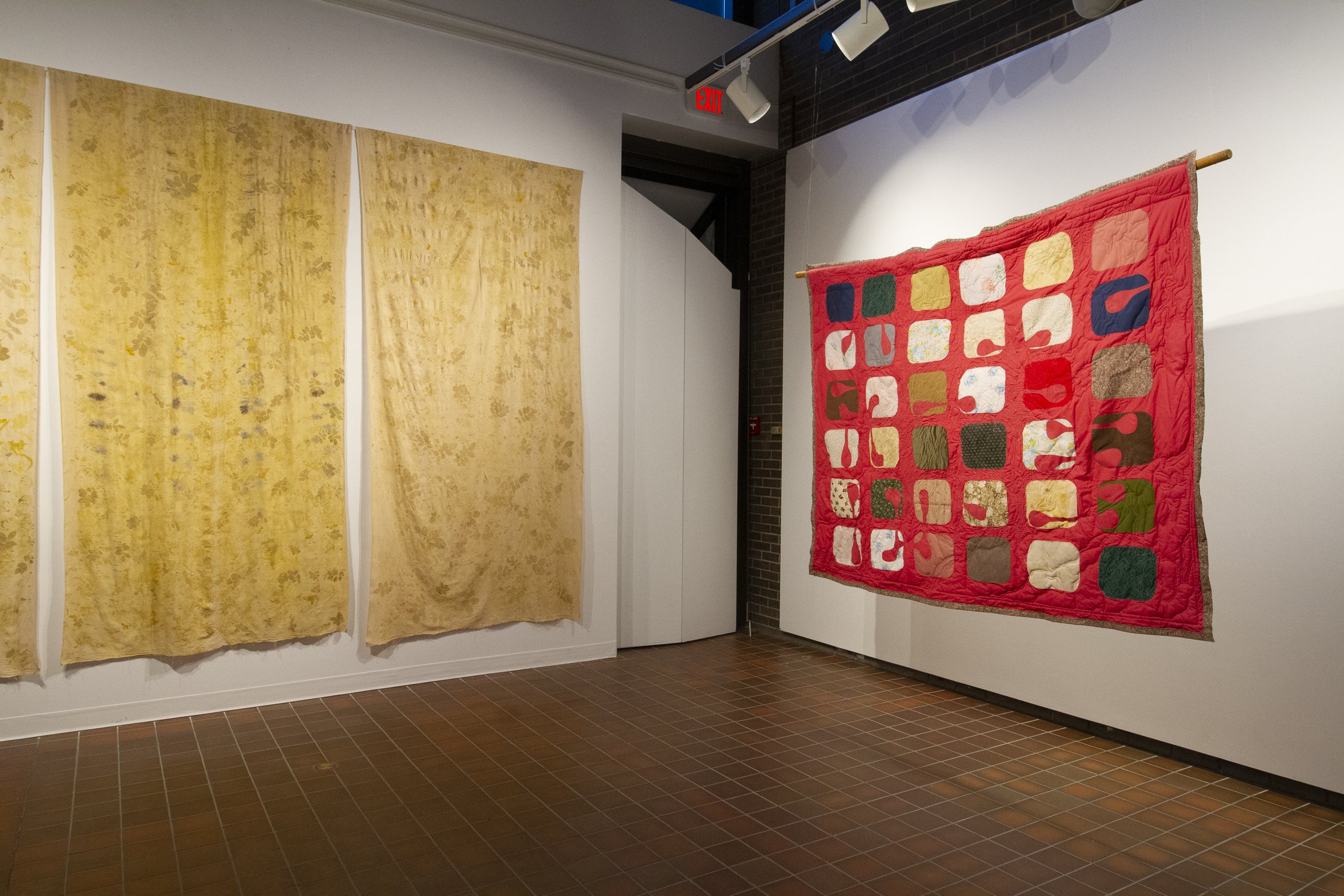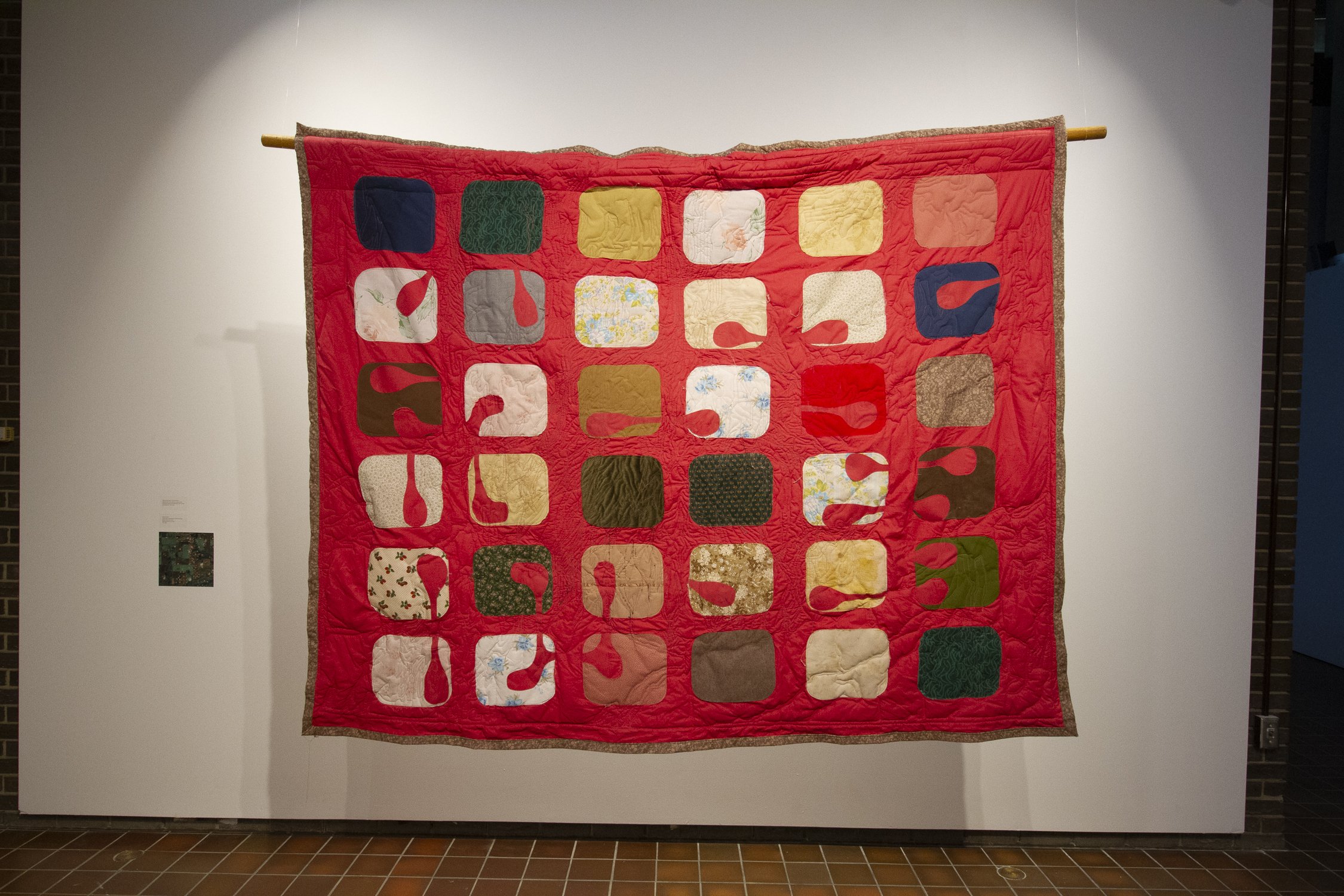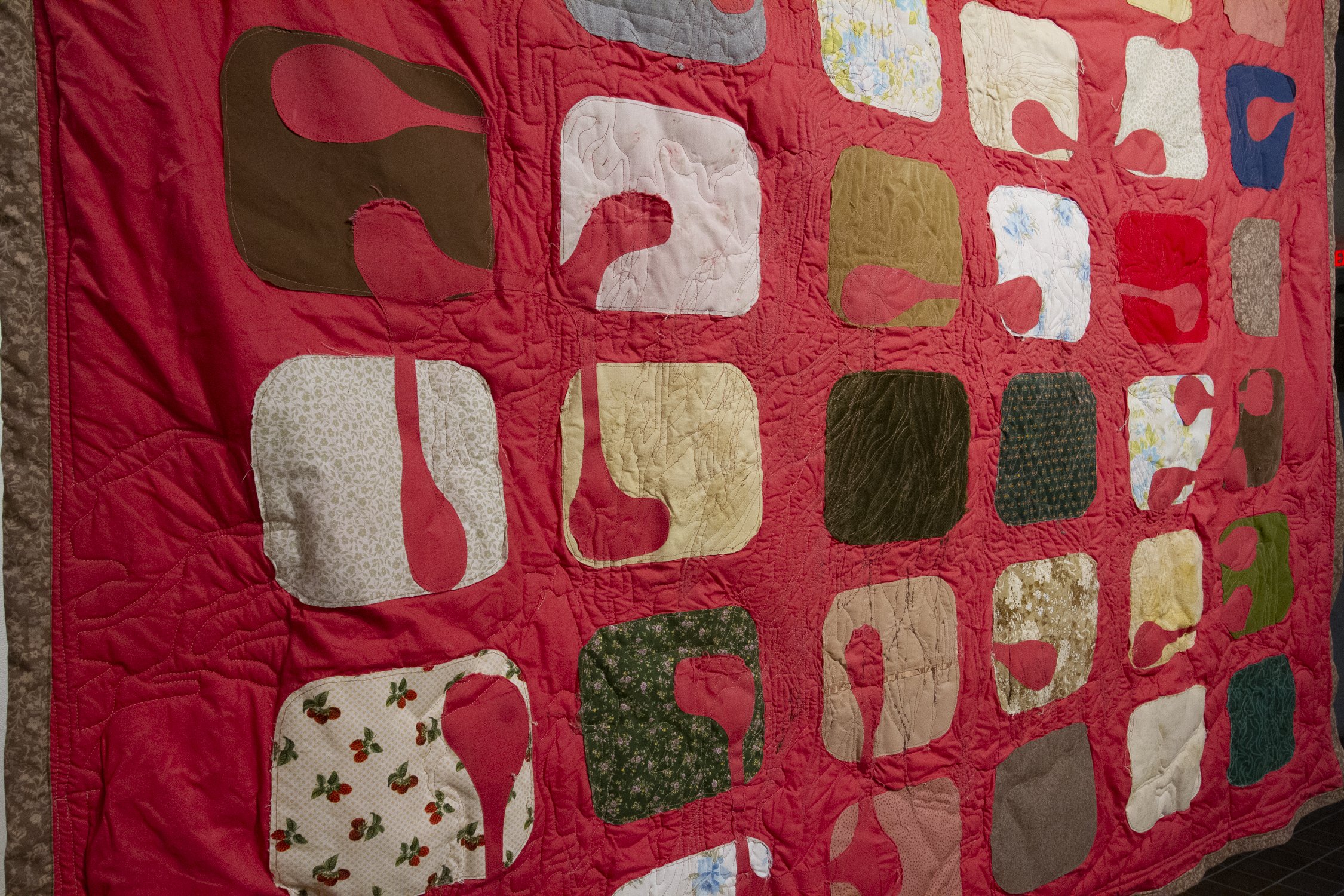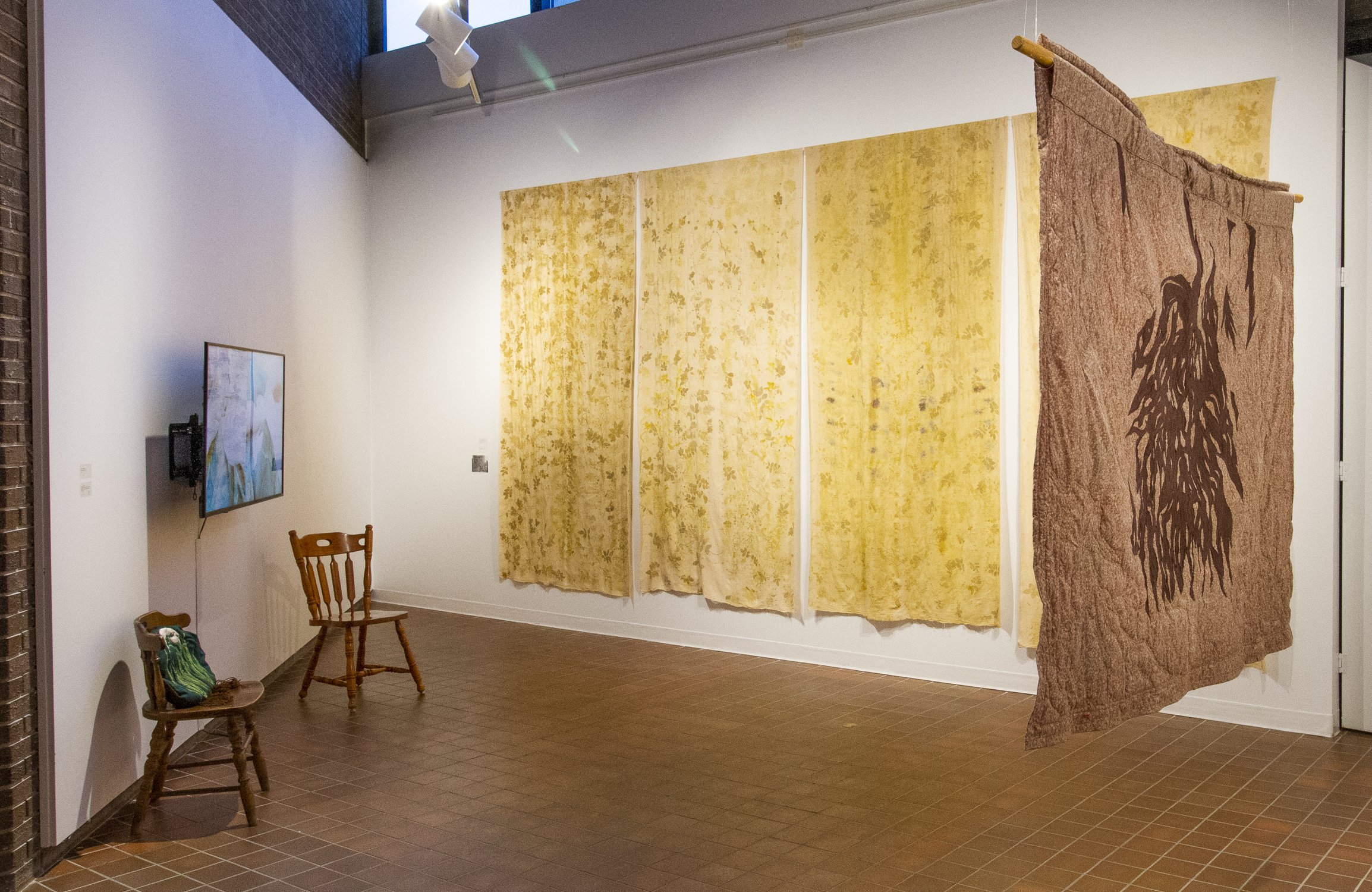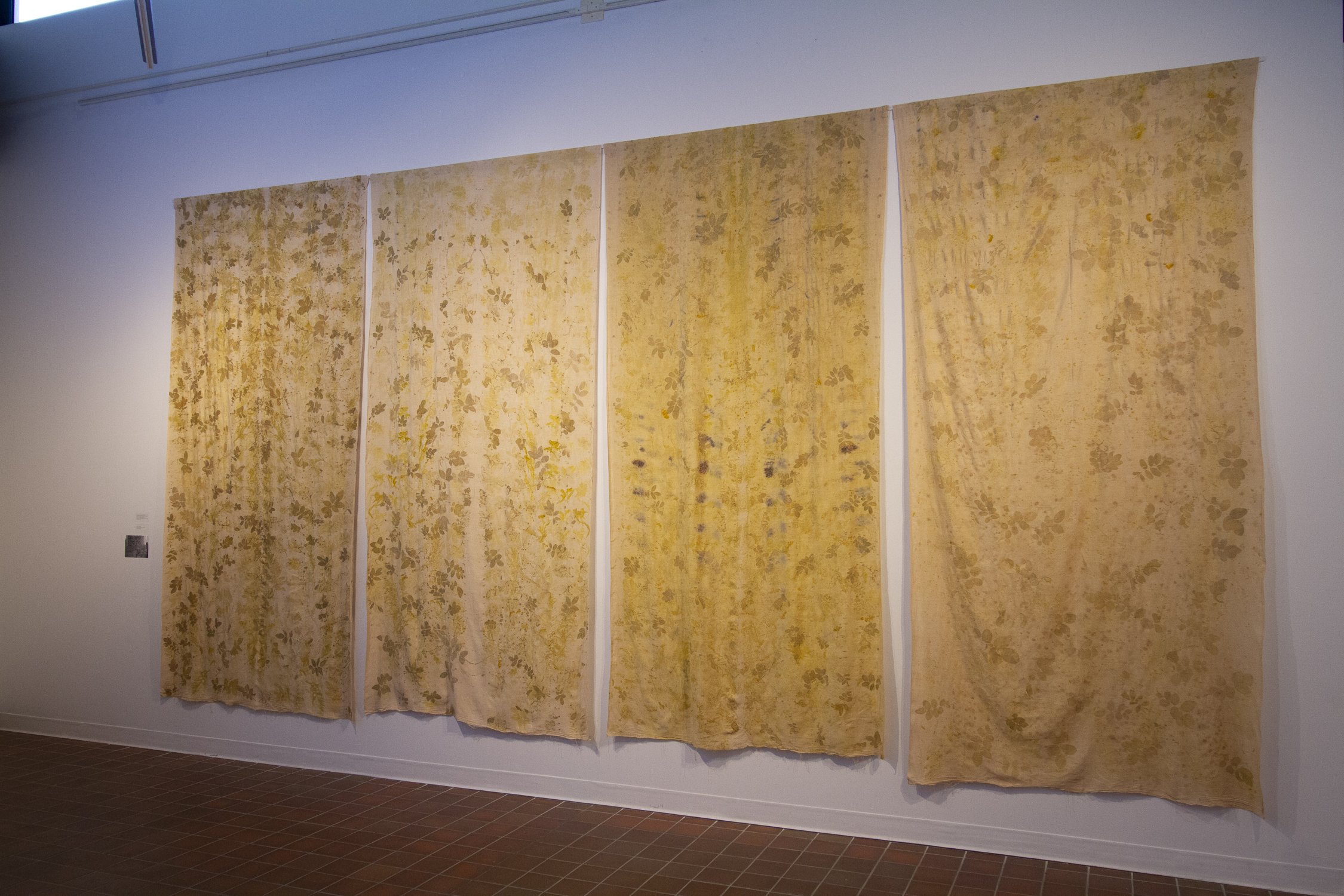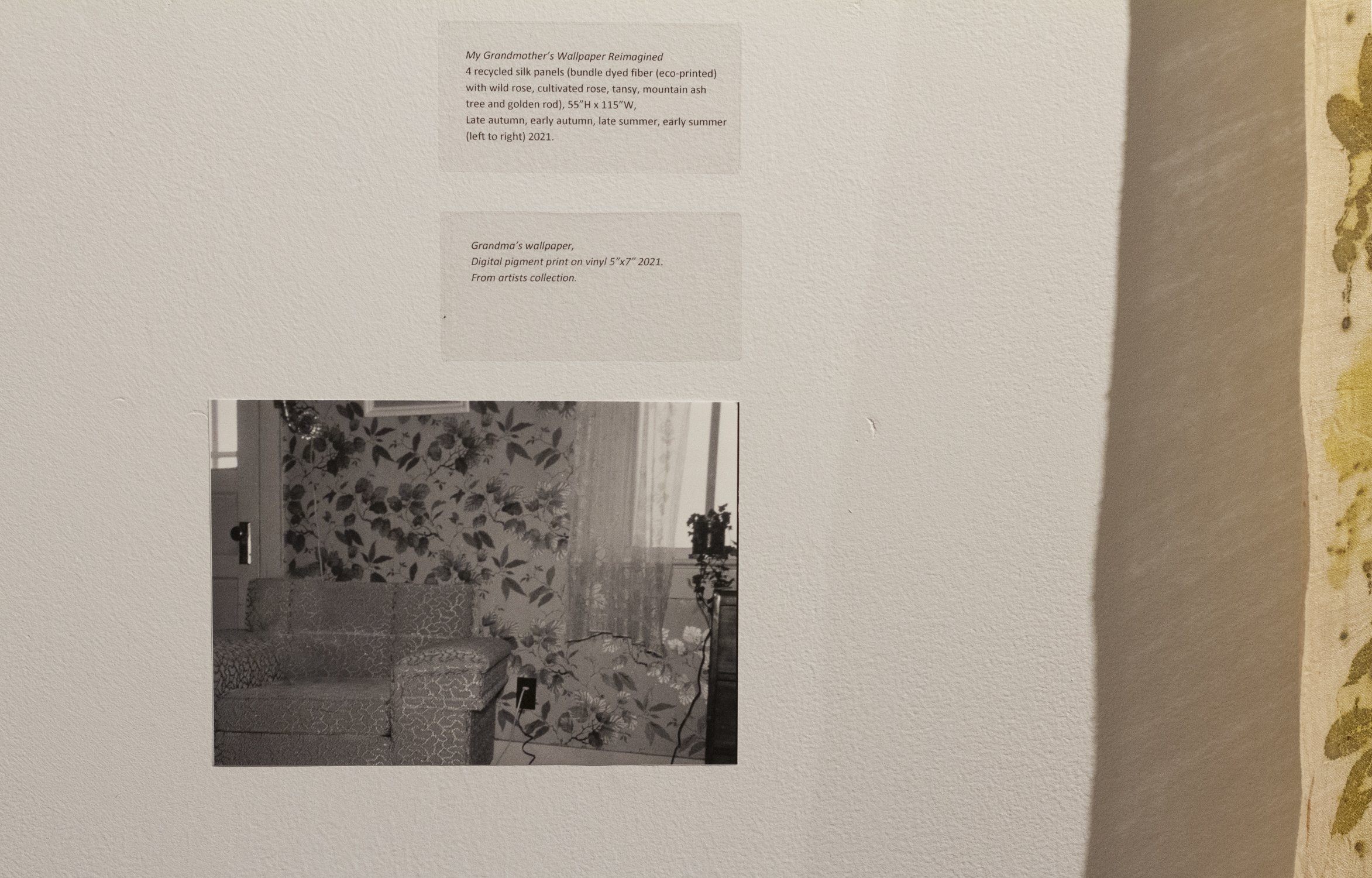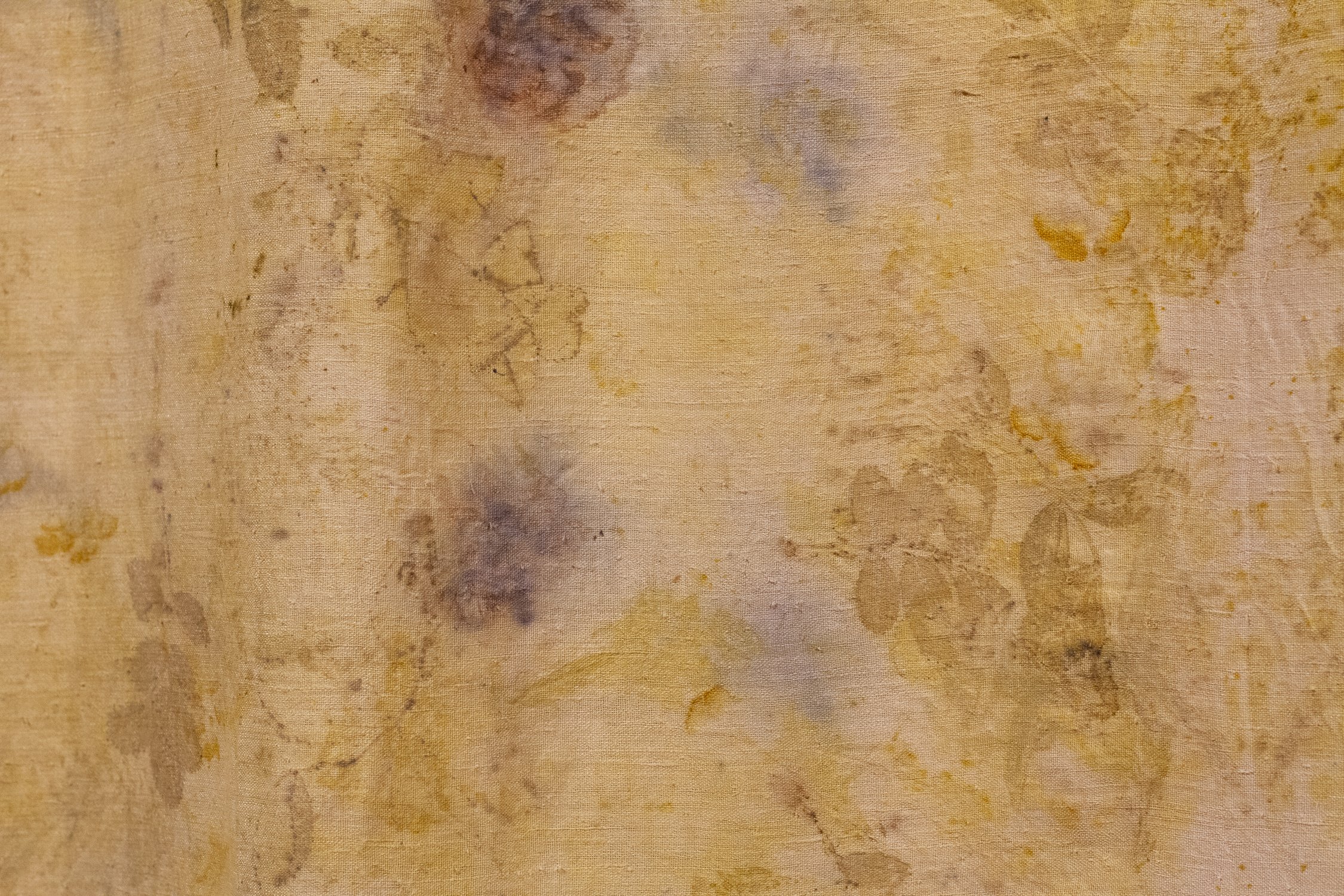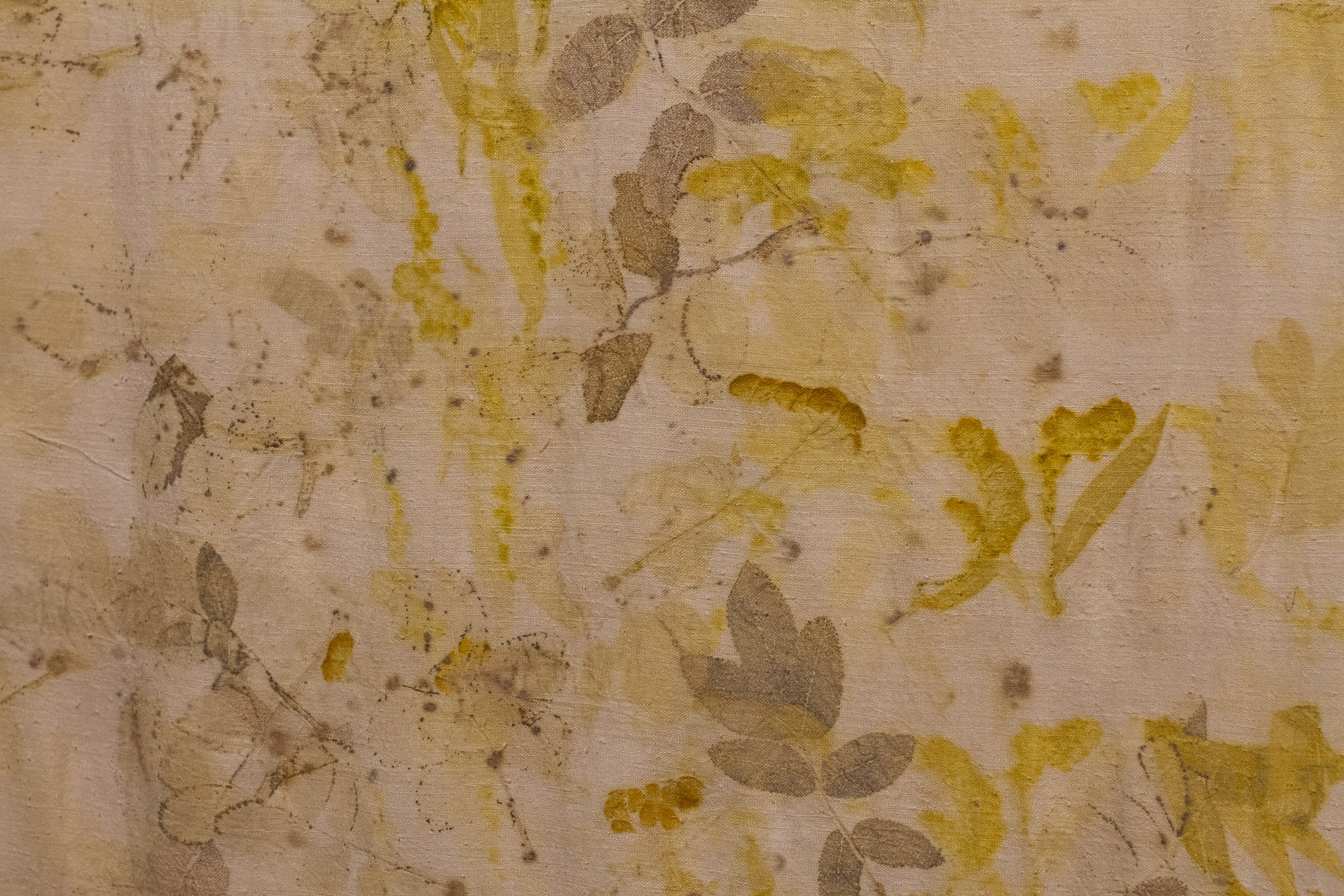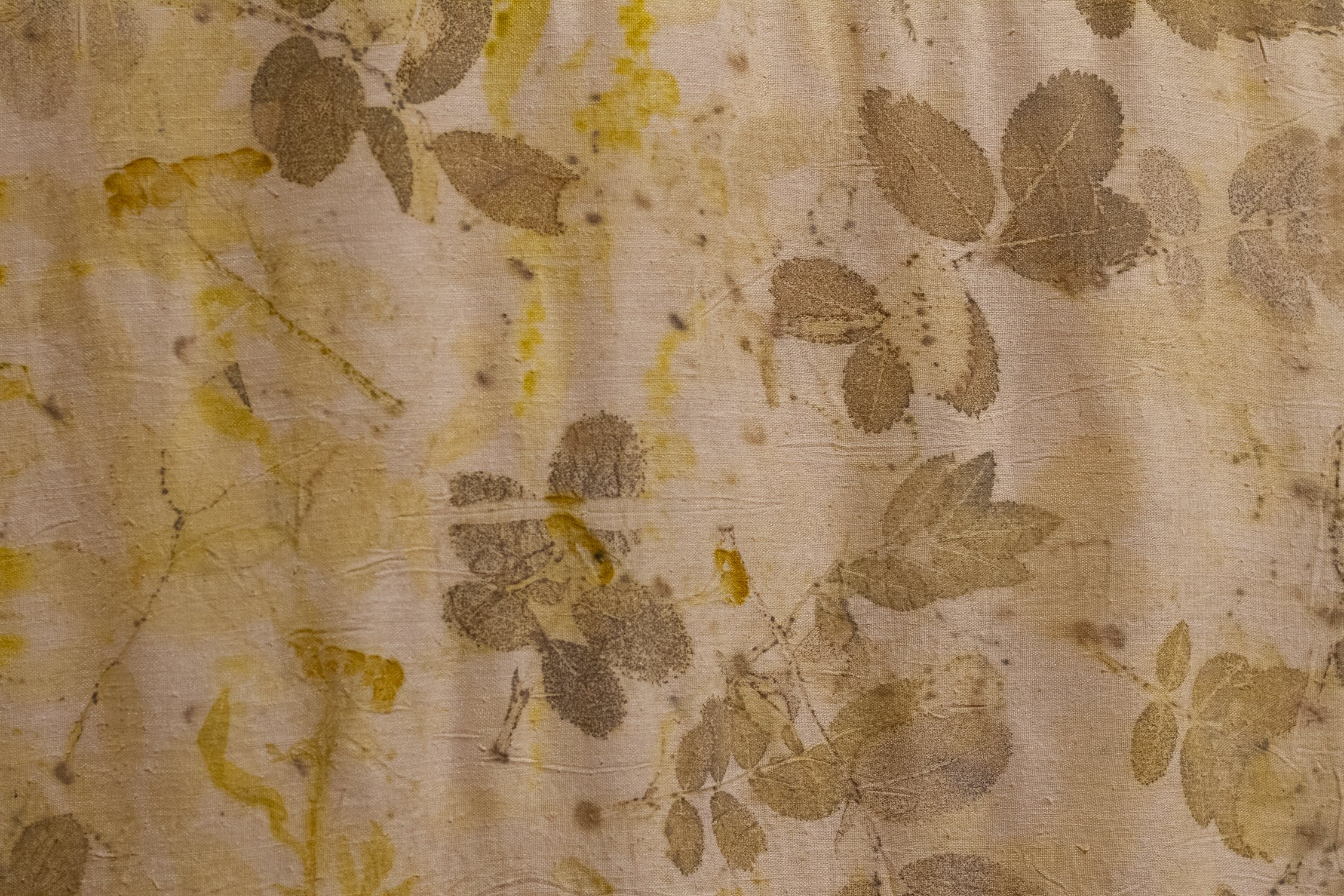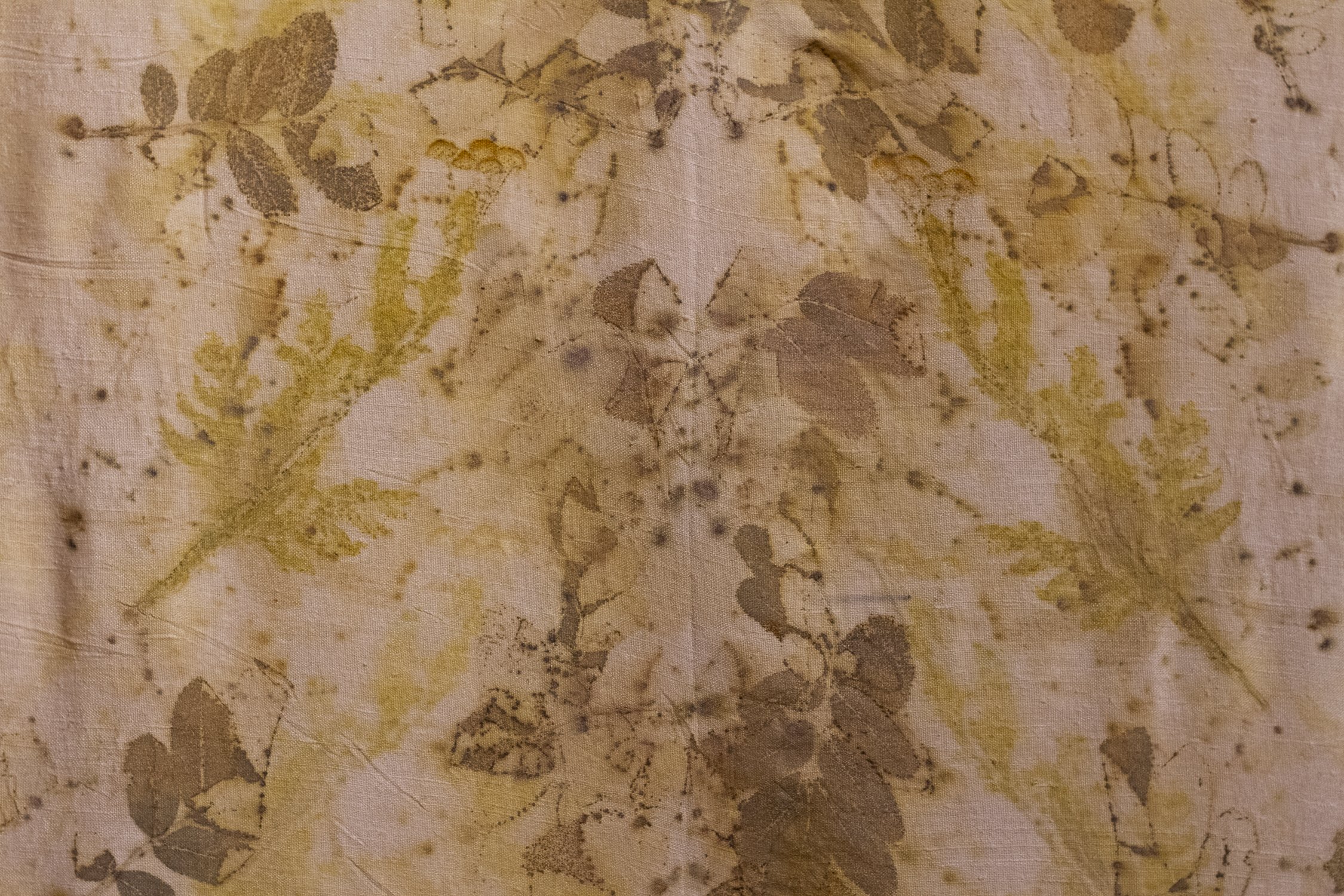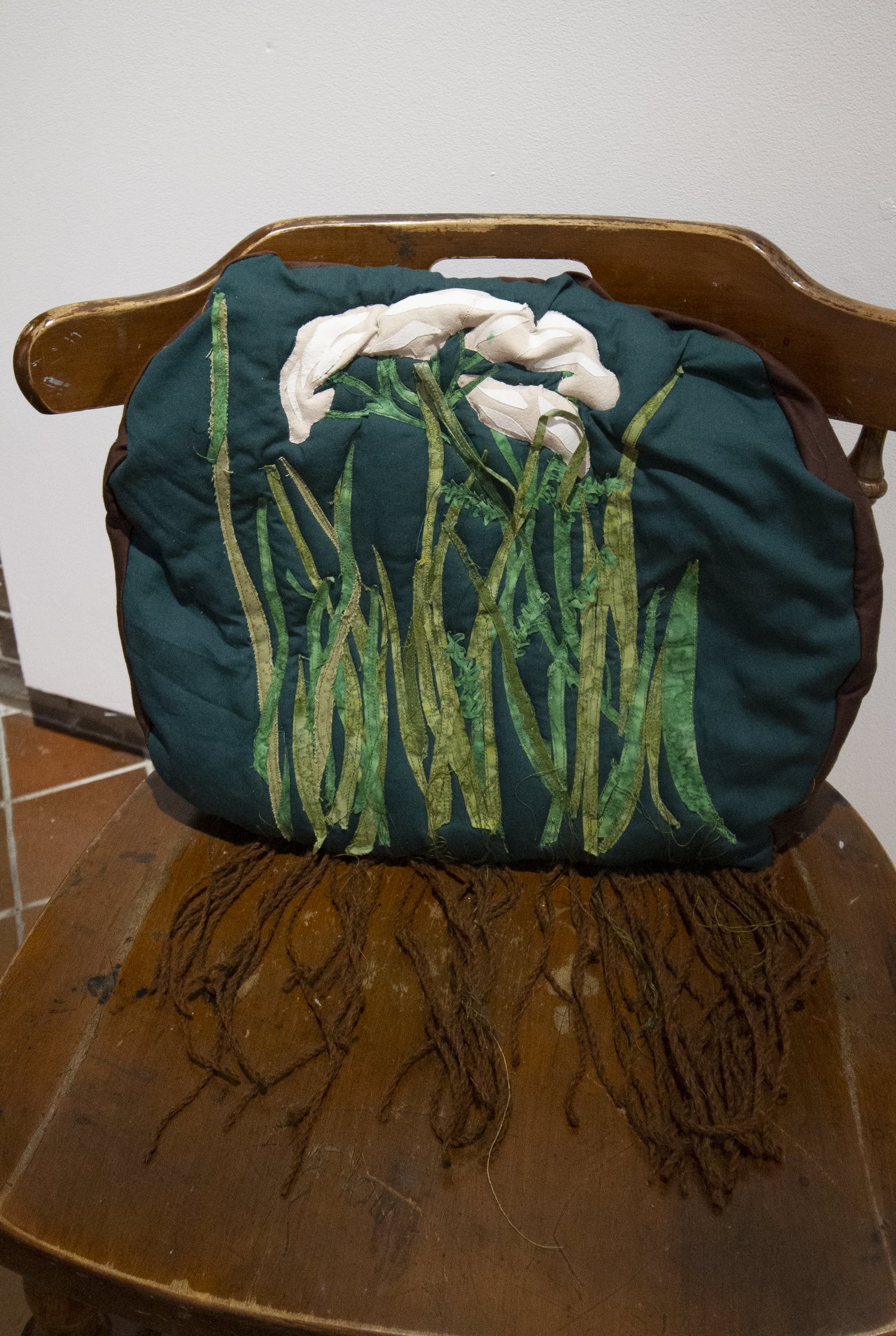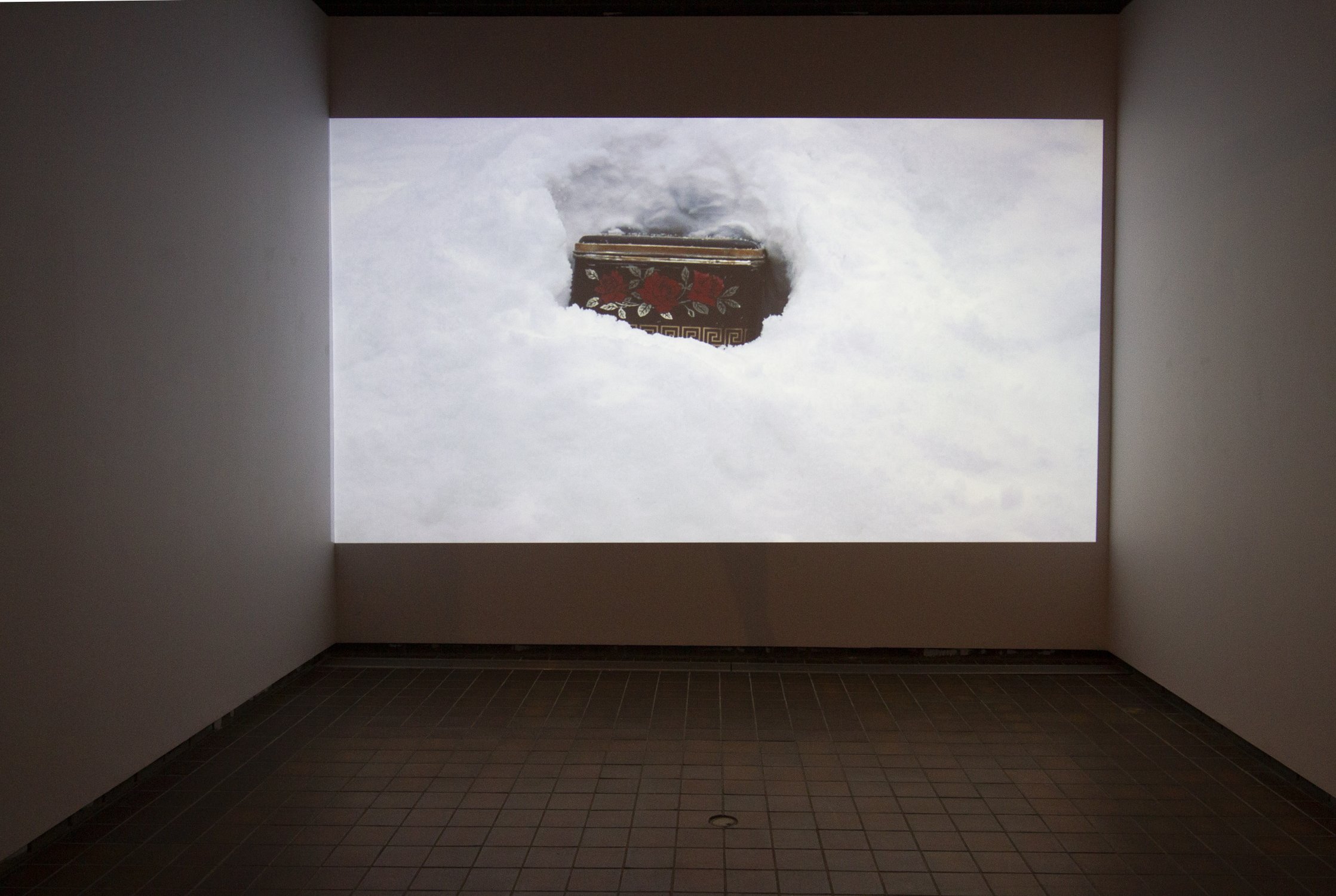Ecosystems of inheritance
MFA Thesis Document
(click to download)
Ecosystems of Inheritance engages in slow textile and intermedia conversations to remember and restory inherited women’s agrarian narratives around the Battle River from my family “red rose tea tin” archive. To create an ethical research practice, I situate myself as a white settler, intermedia artist-mother, niece and granddaughter.
The archive points to what is now known as Lone Rock, a place named after a Buffalo Rubbing Stone. It is a place I have never been before and visiting with place centers my research. Ecosystems of Inheritance reflects on archival memory, land-based and embodied memory to explore tensions between the incomplete and unequal relationships amid settler memory and traditional Indigenous and land-based knowledges (Decter 2020).
My son Theo, and I traveled between our home in amiskwacîwâskahikan / Edmonton and the nôtinitosîpiy/ Battle River. In visiting with place, we witnessed the Buffalo Rubbing Stone sitting at Lone Rock and the river as giver of life and a natural boundary that curves east of where four generations of my family settled. Through family visits in Lone Rock and Calgary, my aunts “performed” (Langford 2001), our family photographs. Our intergenerational memory-work thinks through our responsibility to family memories, pointing beyond archival narratives towards an entangled web of relationships beside the river. The photo-sculptures, unconventional quilts, fiber panels and video work emerge from conversations present in women’s farm stories, more-than-human beings and nêhiyaw (cree) knowledges in Treaty 6 Territory.
Exhibition programming
1. Enfolding a Heavy Oil Field: A Sewing Action
In person and online making session
Friday November 12, 19, 26 from 12pm-4
Participants are invited to stitch text to re-story family conversations about sustainability, carbon tax, and impact of oil fracking across Treaty 6 Territory. The heavy oil field around Lloydminster, Saskatchewan was originally omitted from Lindsey’s family archive. In this participatory making session, she invites participants to intervene and stitch back into the archive through hand stitching, embroidery, cross-stitch and beading.
Connected Artwork: “Why can’t we swim in the river Mom?” Quilt, 2021
2. Ecosystems of Inheritance: Conversational Quilt
Online making session
Sundays: November 14, 21 and 28 from 3-5pm
In three online sessions, self-identified artists, parents including 2SLGBTQQIA community members are invited to discuss and make quilt pieces through slow and diverse ecological material processes. Children and fur babies are welcome in the virtual making spaces as we create a collaborative quilt to reveal, unravel and re-story inherited settler colonial harms and rebuild relationships sewing a more conscious legacy forward.
Each session will begin with introductions and participants are welcome to begin or continue to make unconventional or formal quilt pieces. In the first session we will discuss the form of the quilt and decide on the size and shape of the pieces (or, if we should put a constraint on form at all?). Quilt pieces may include, but are not limited to: hand stitching, weaving, quilting, natural dying, silkscreen, bundle dying, beadwork, needlework, hide tanning, crocheting, or knitting etc…The sessions will not be recorded, but alternative forms of documentation will be discussed by the group. If approved by the group, any video or audio will be displayed in the exhibition at the University of Alberta FAB Gallery between November 8-December 3, 2021.


